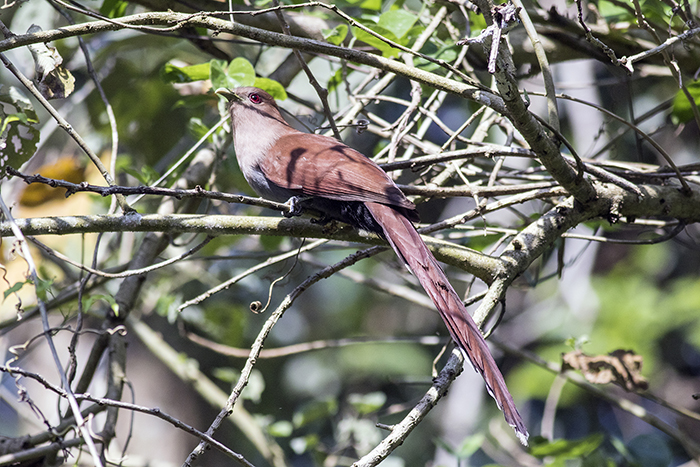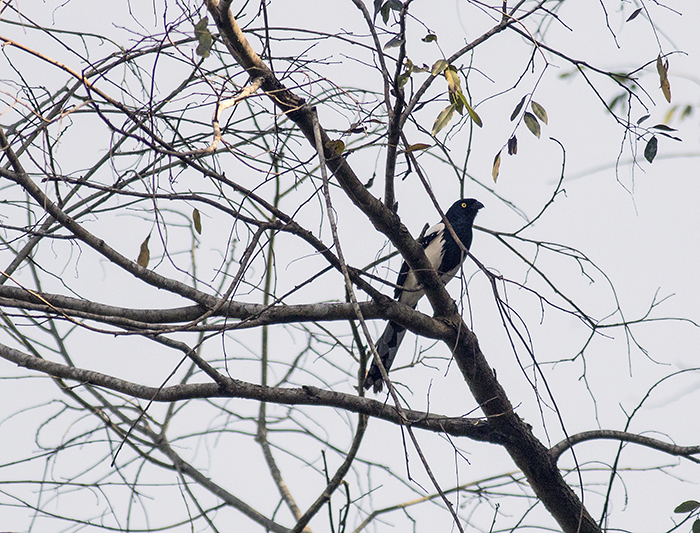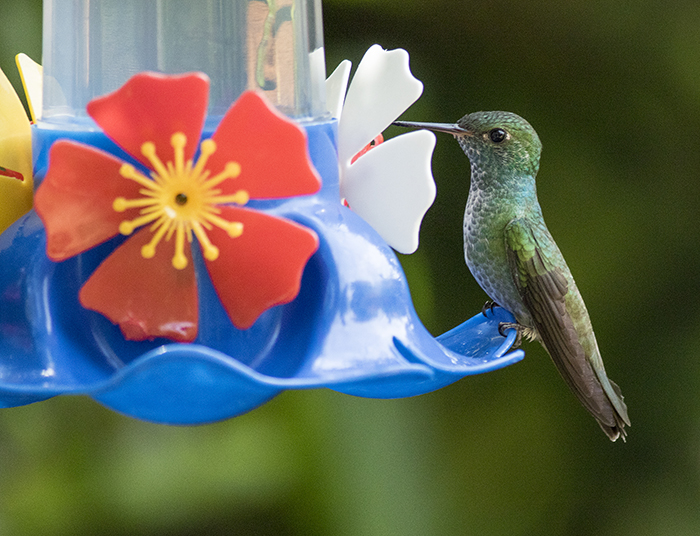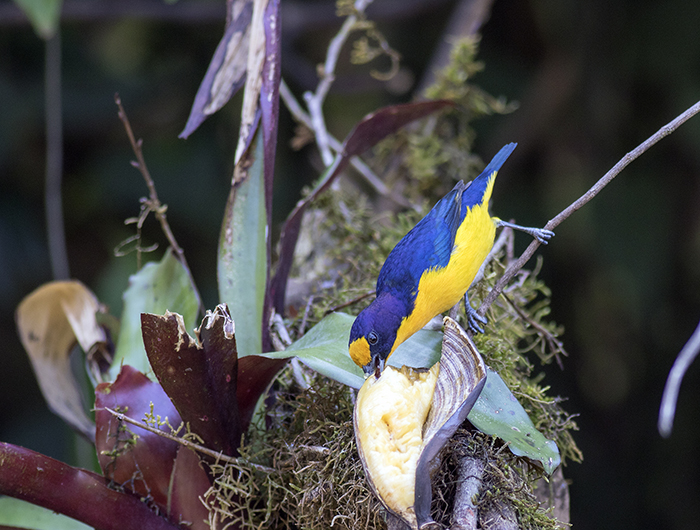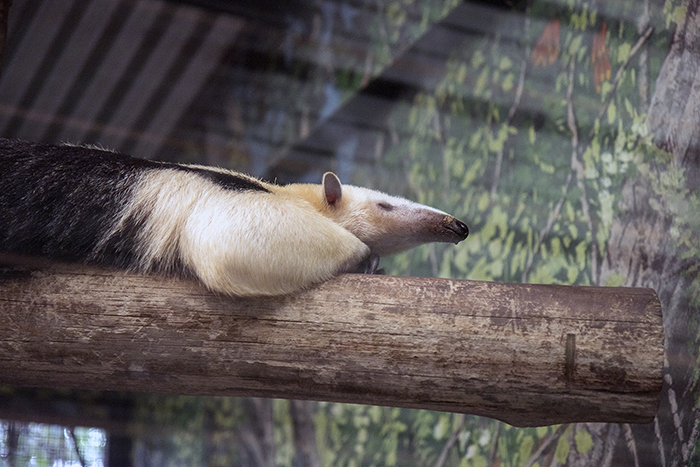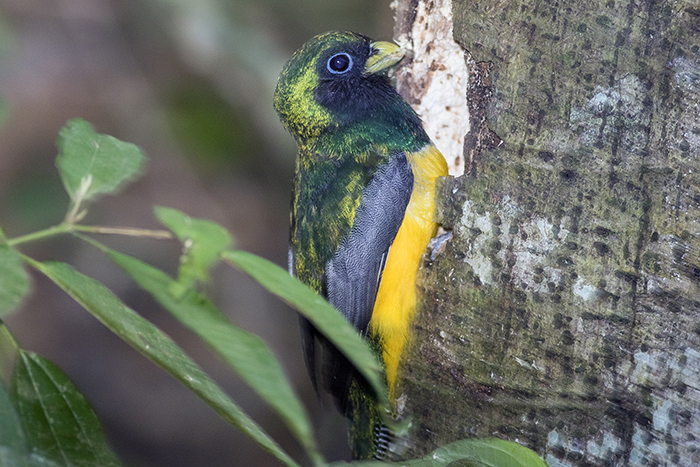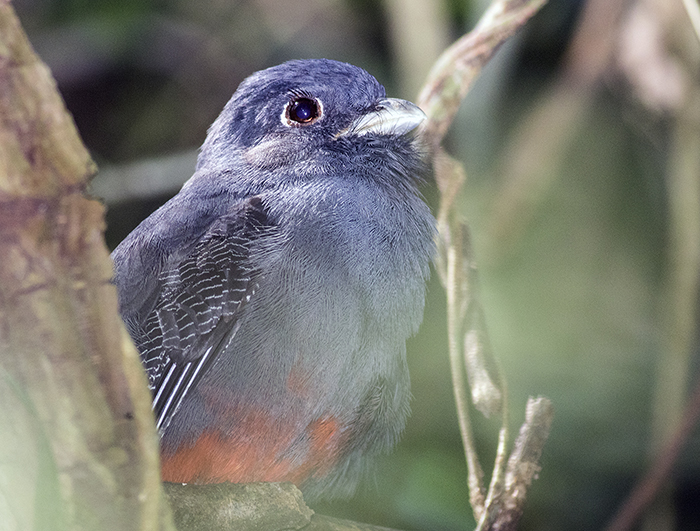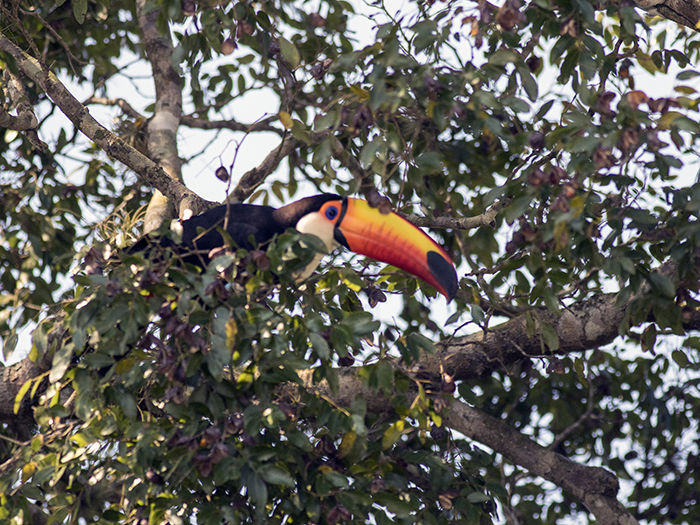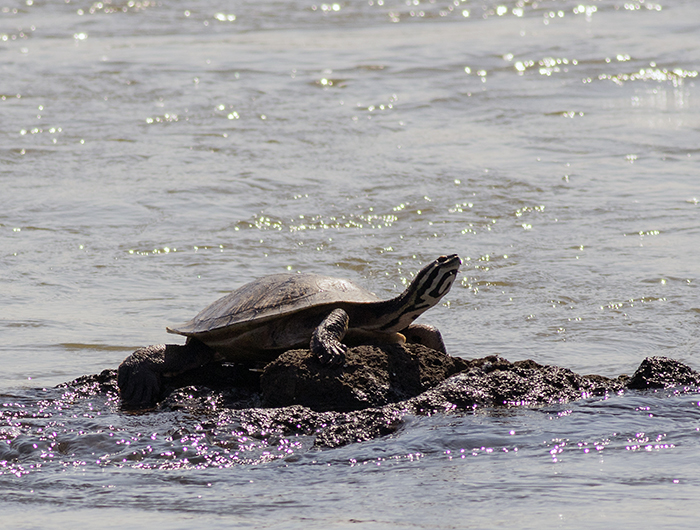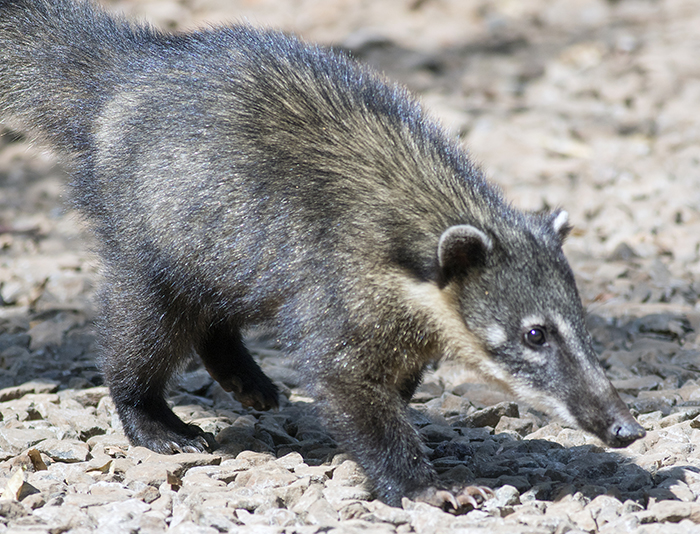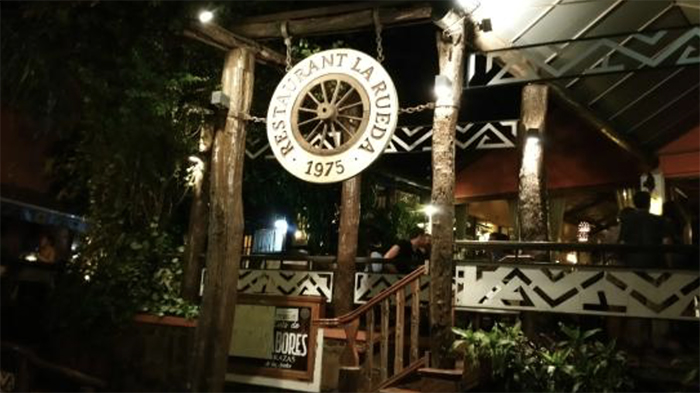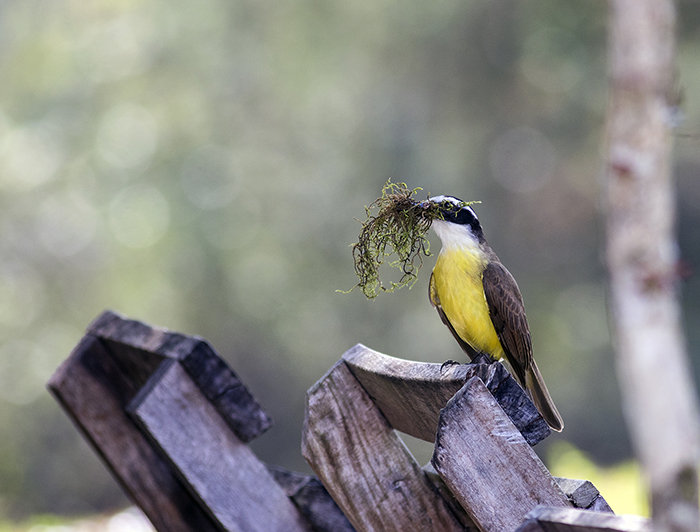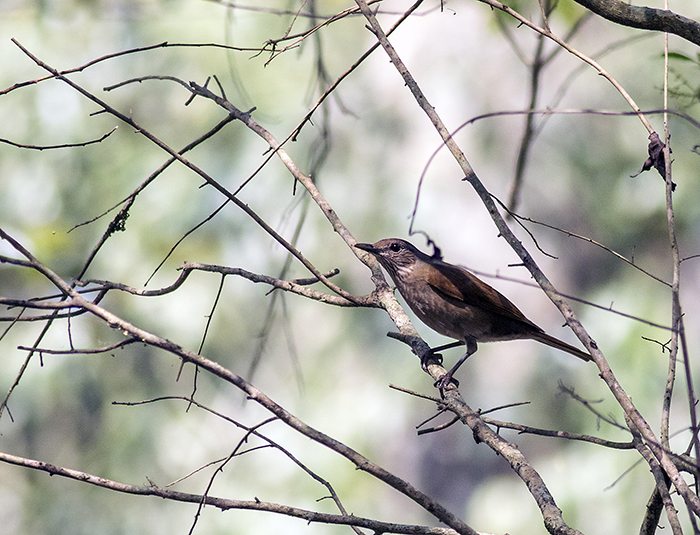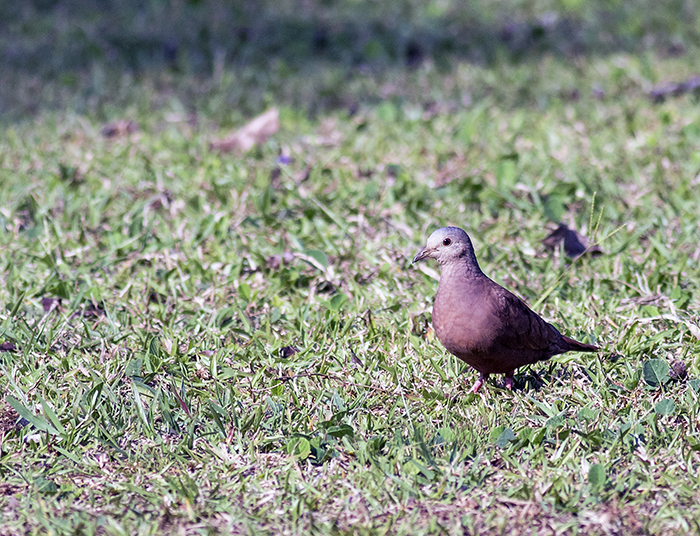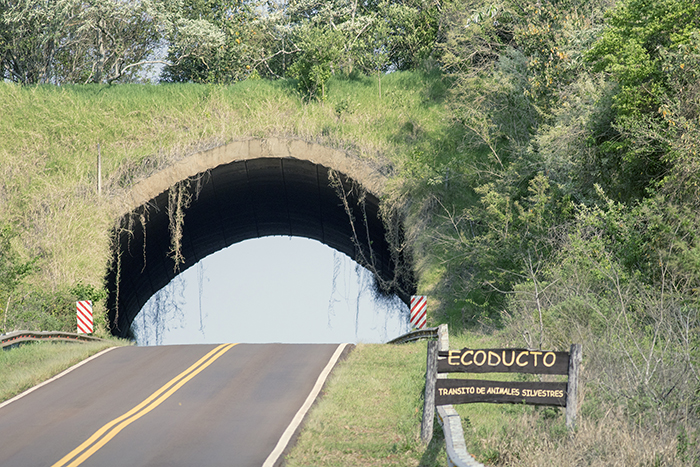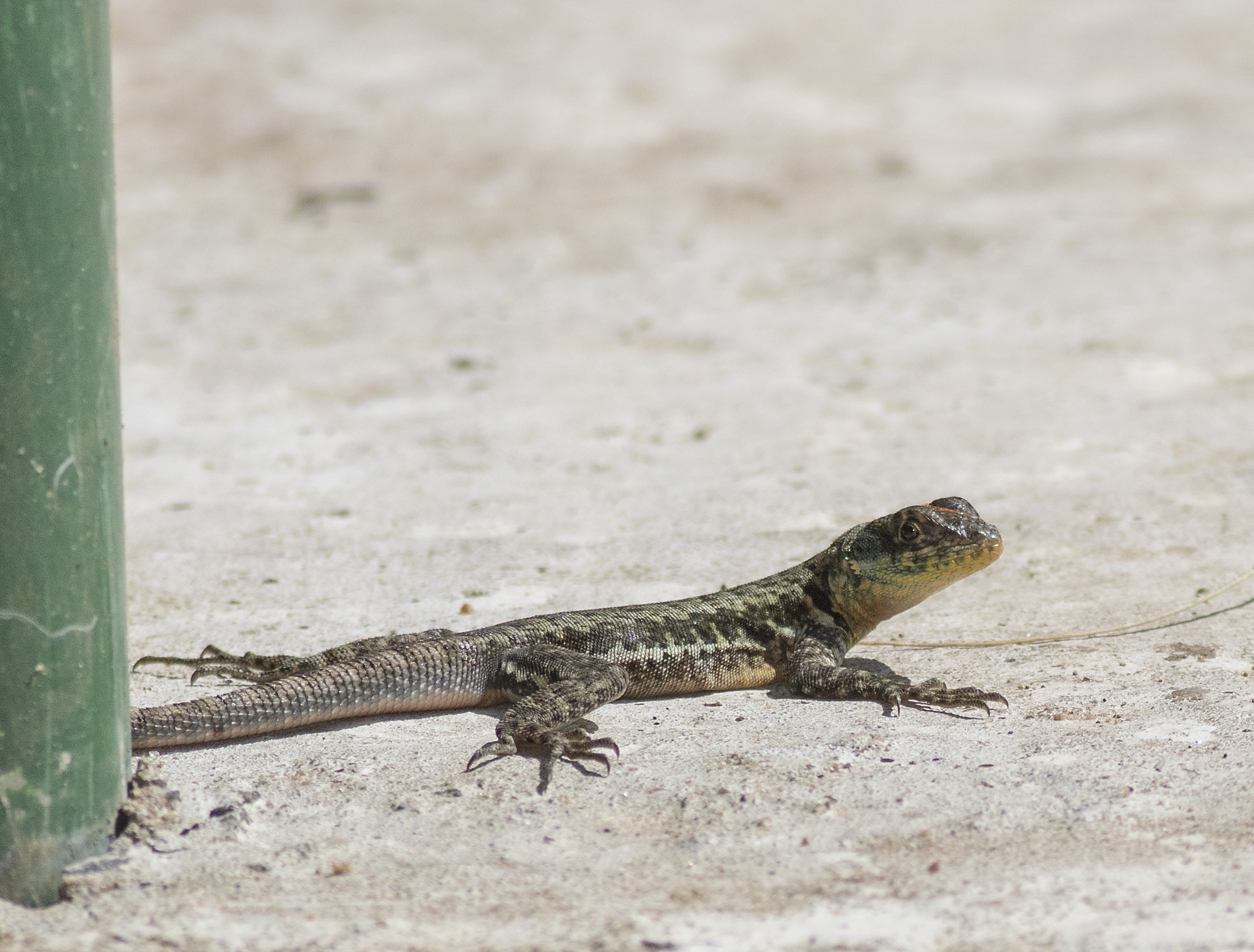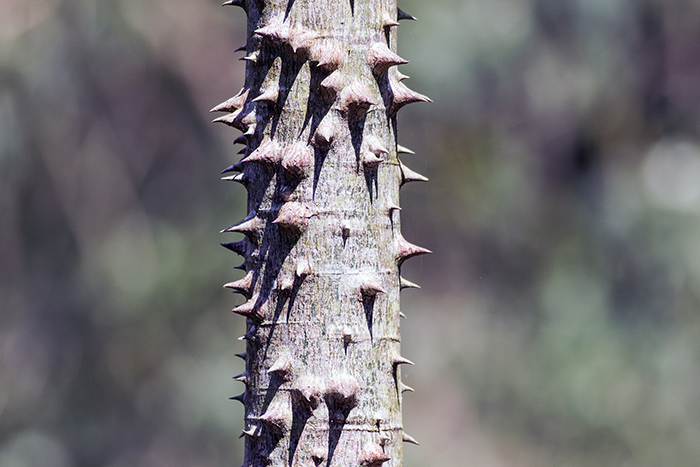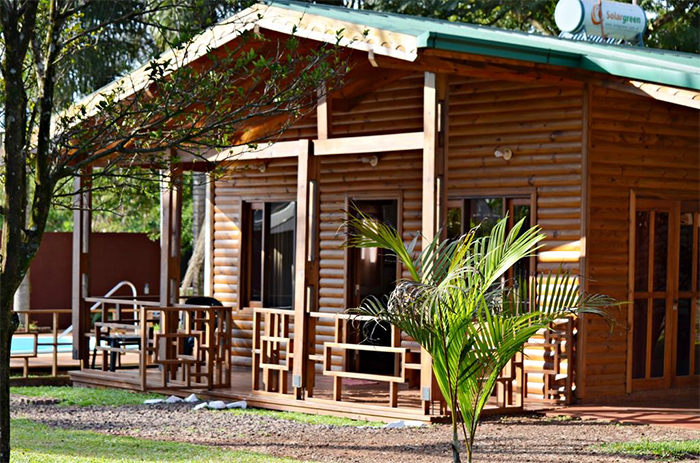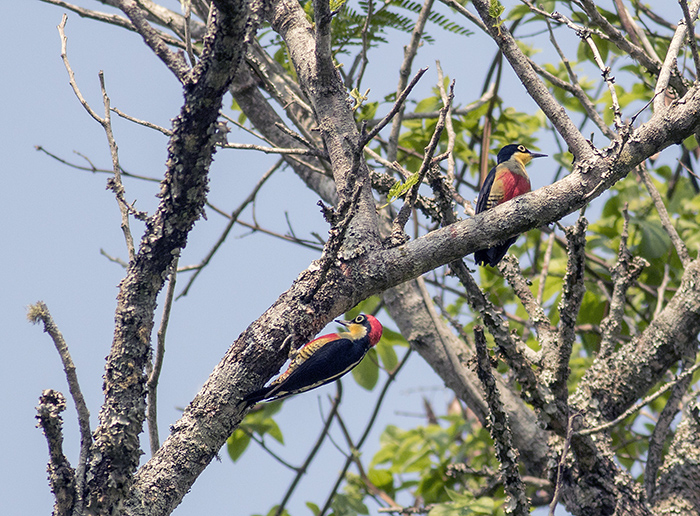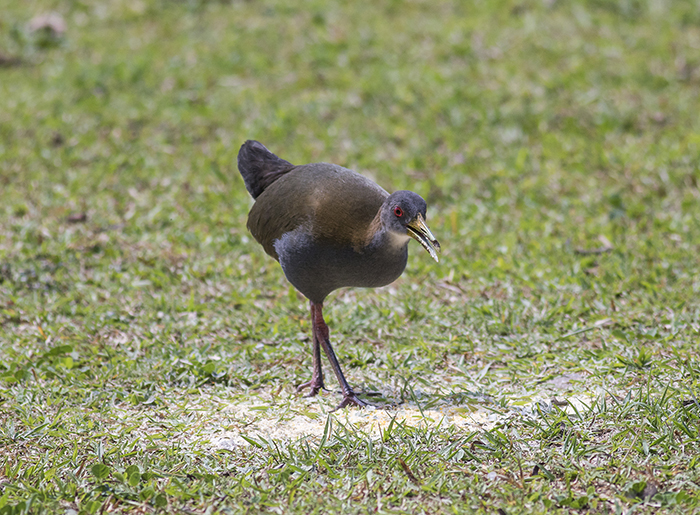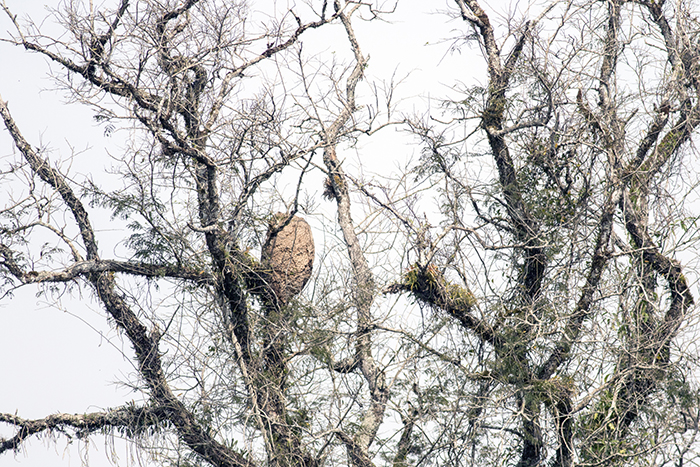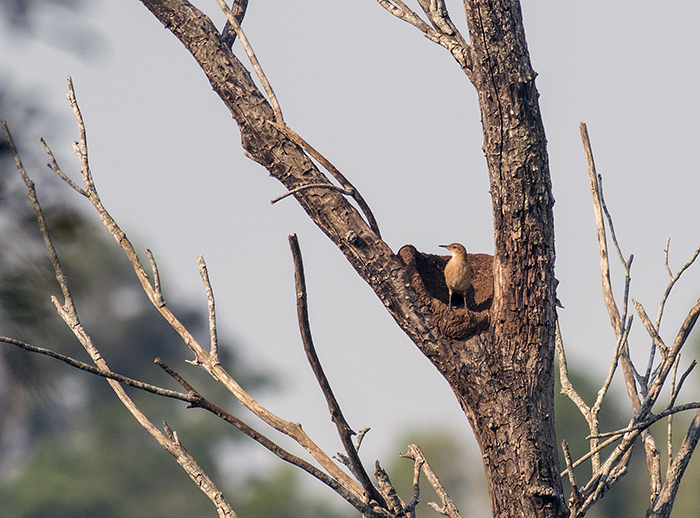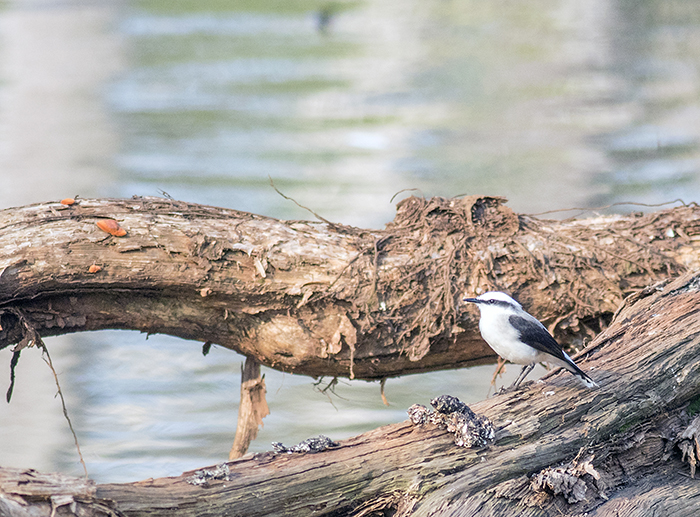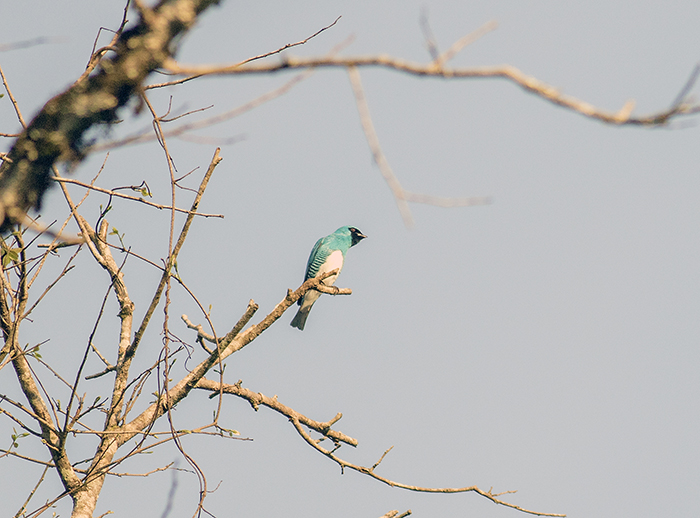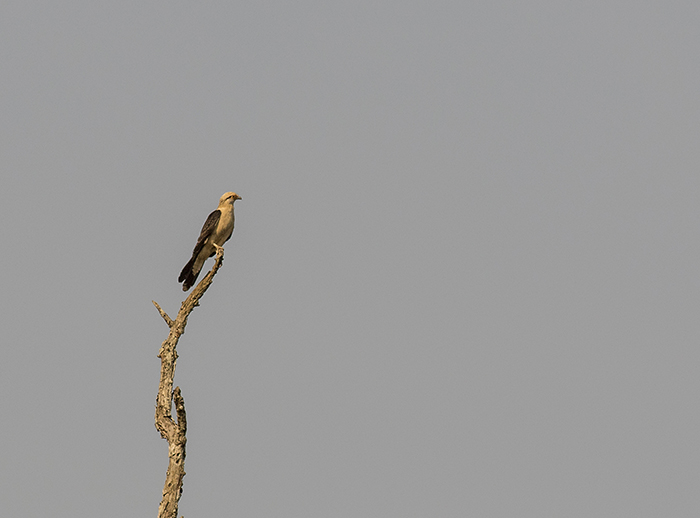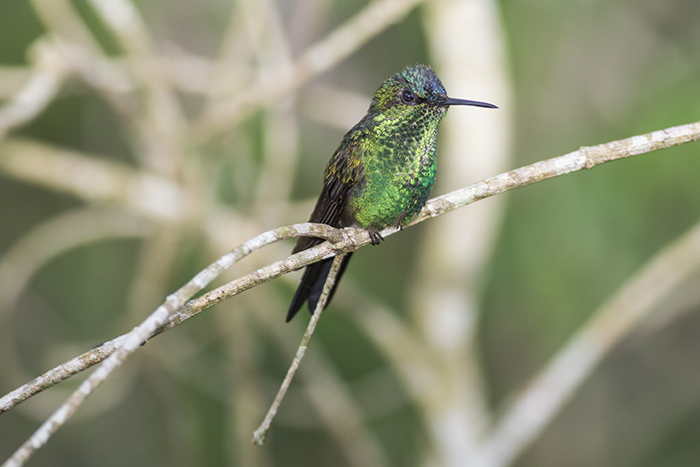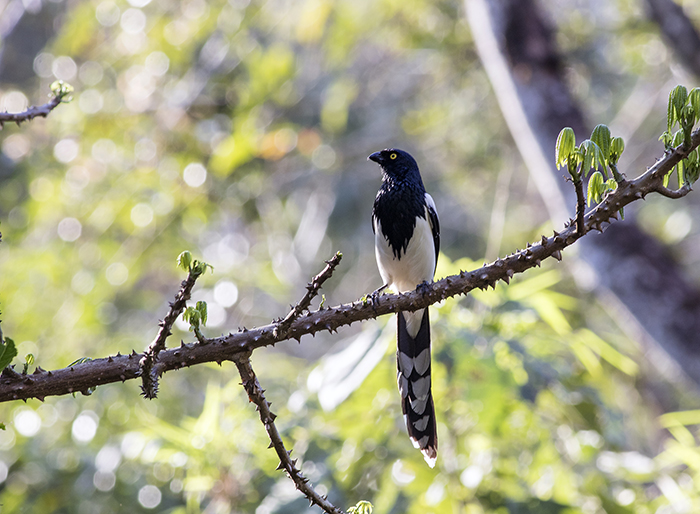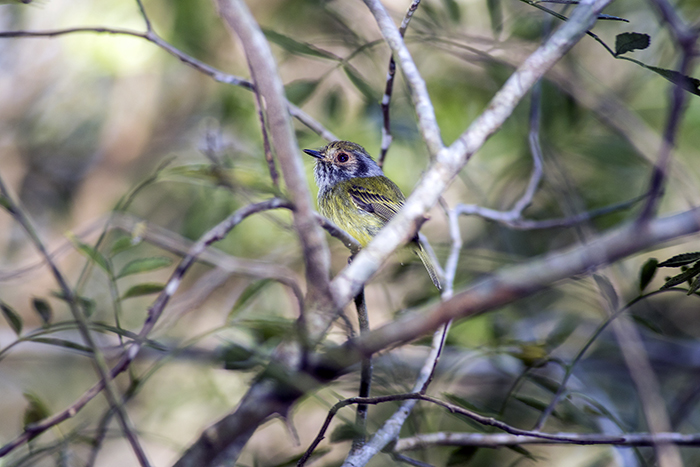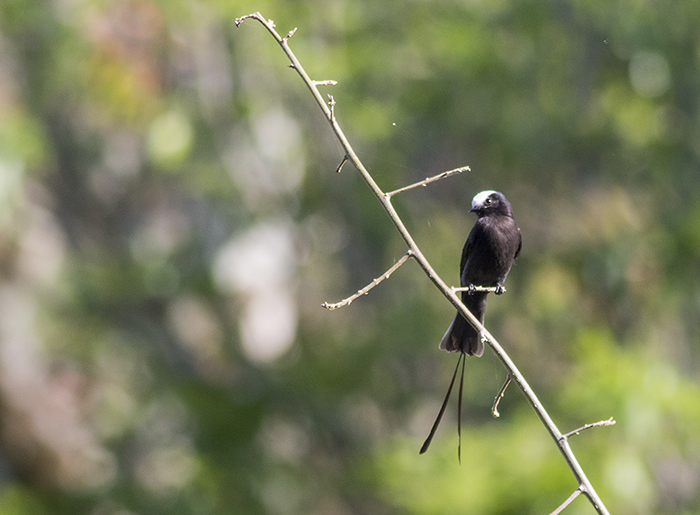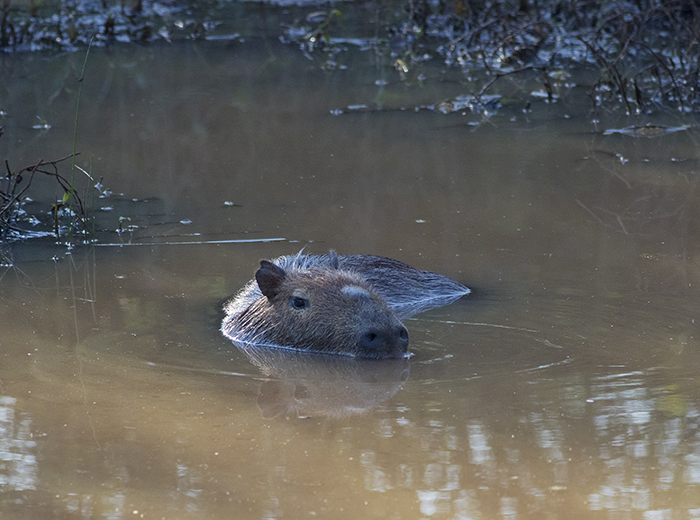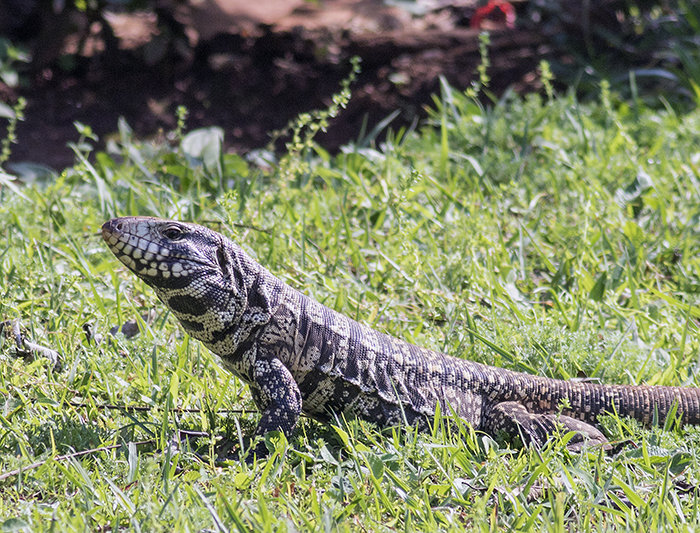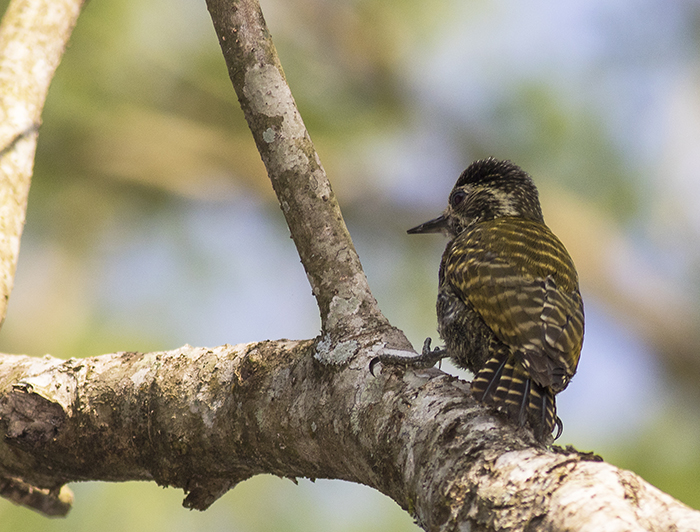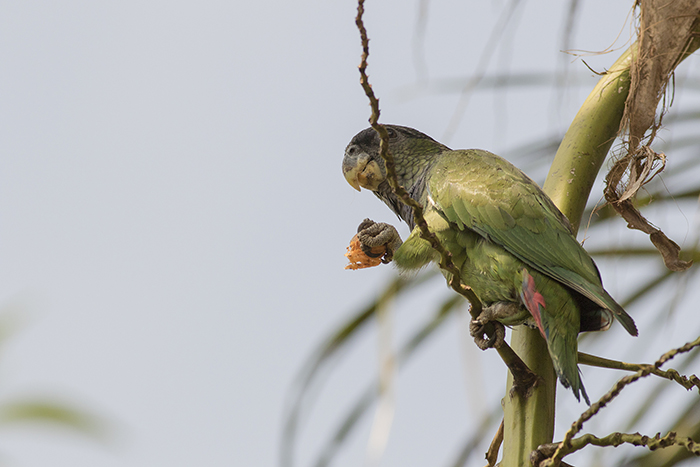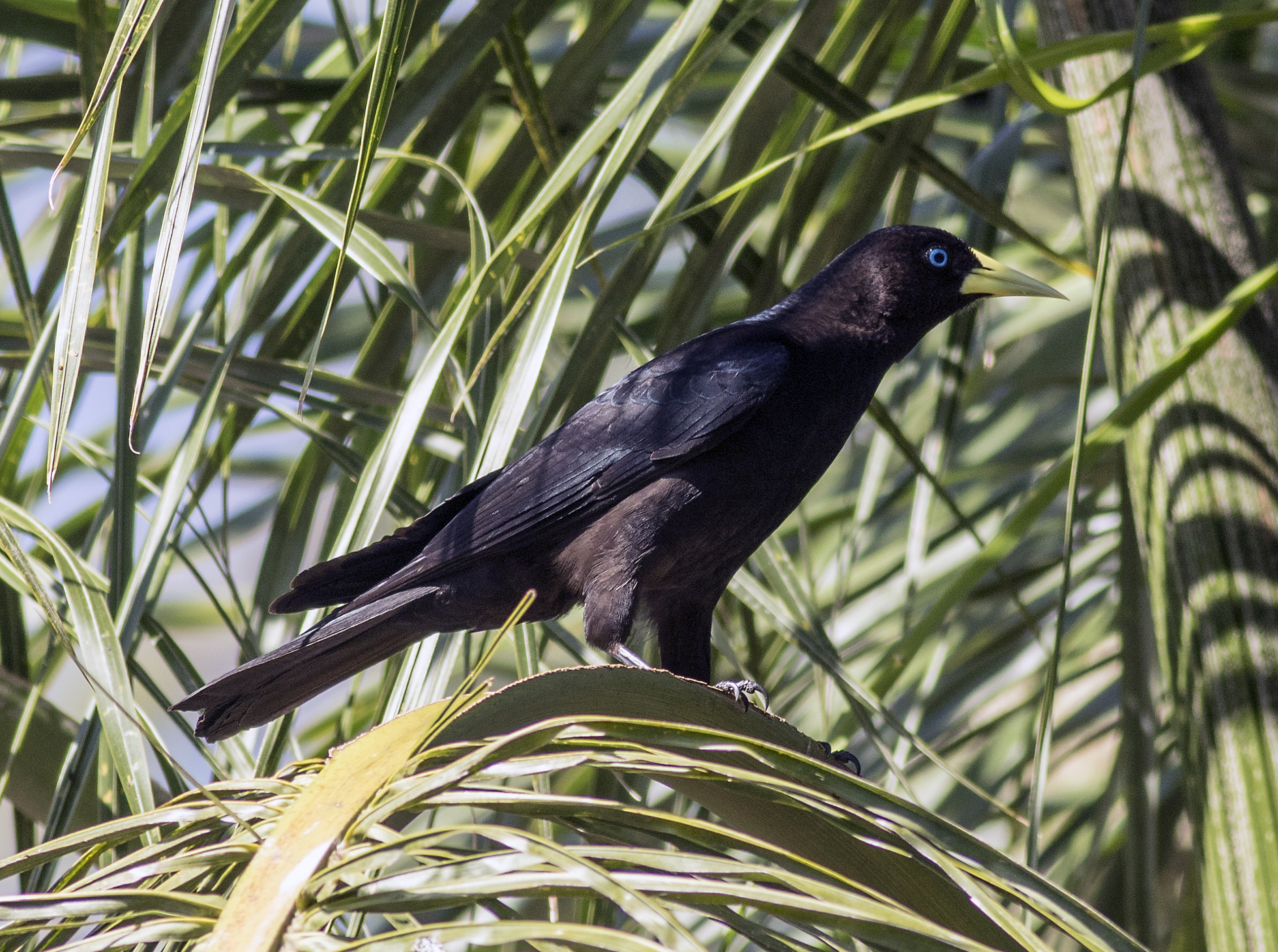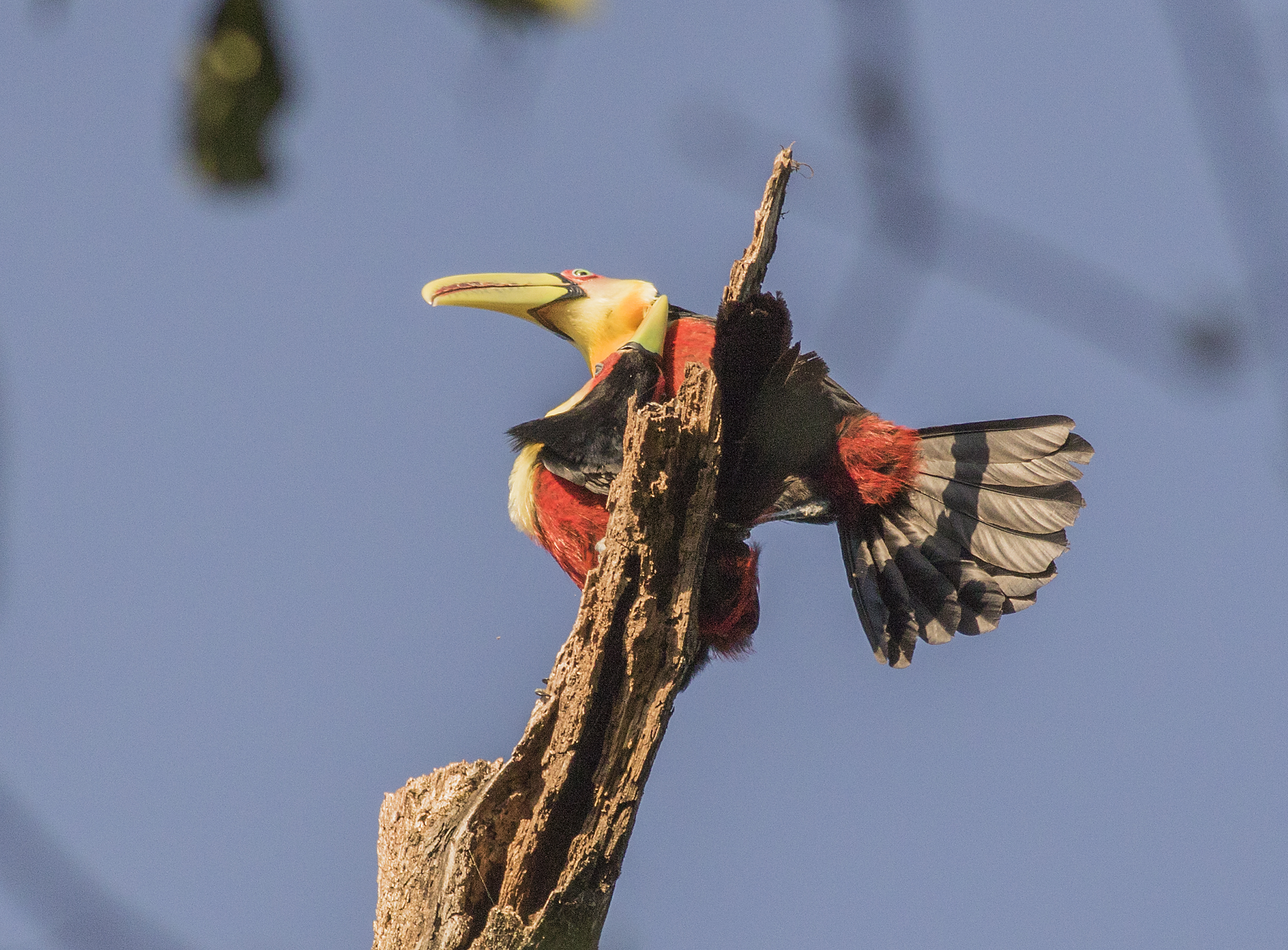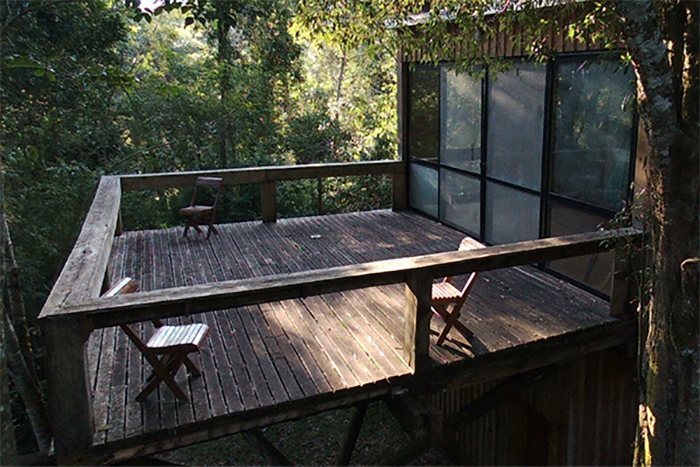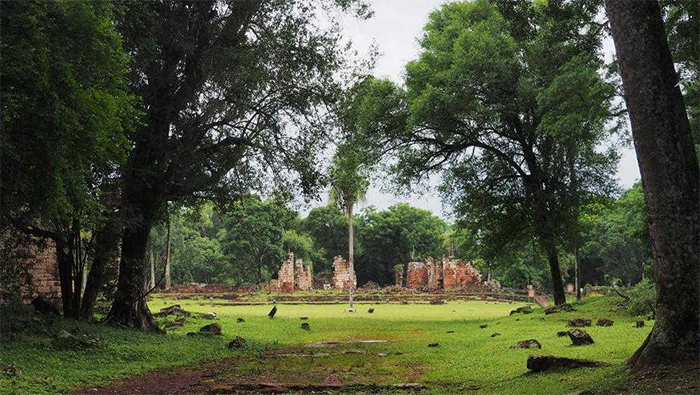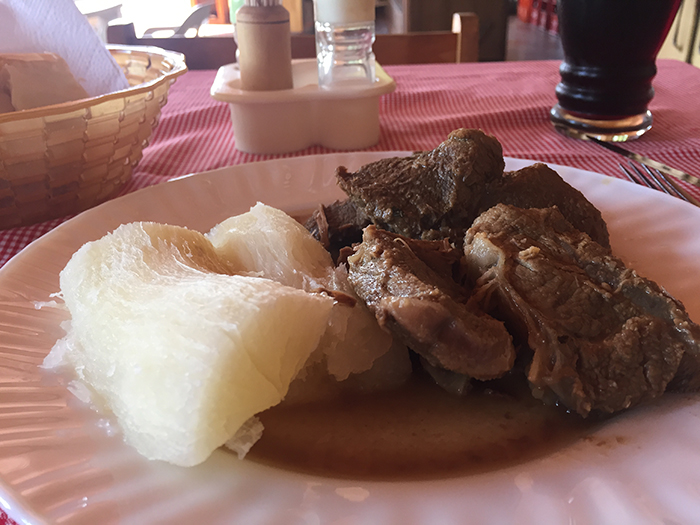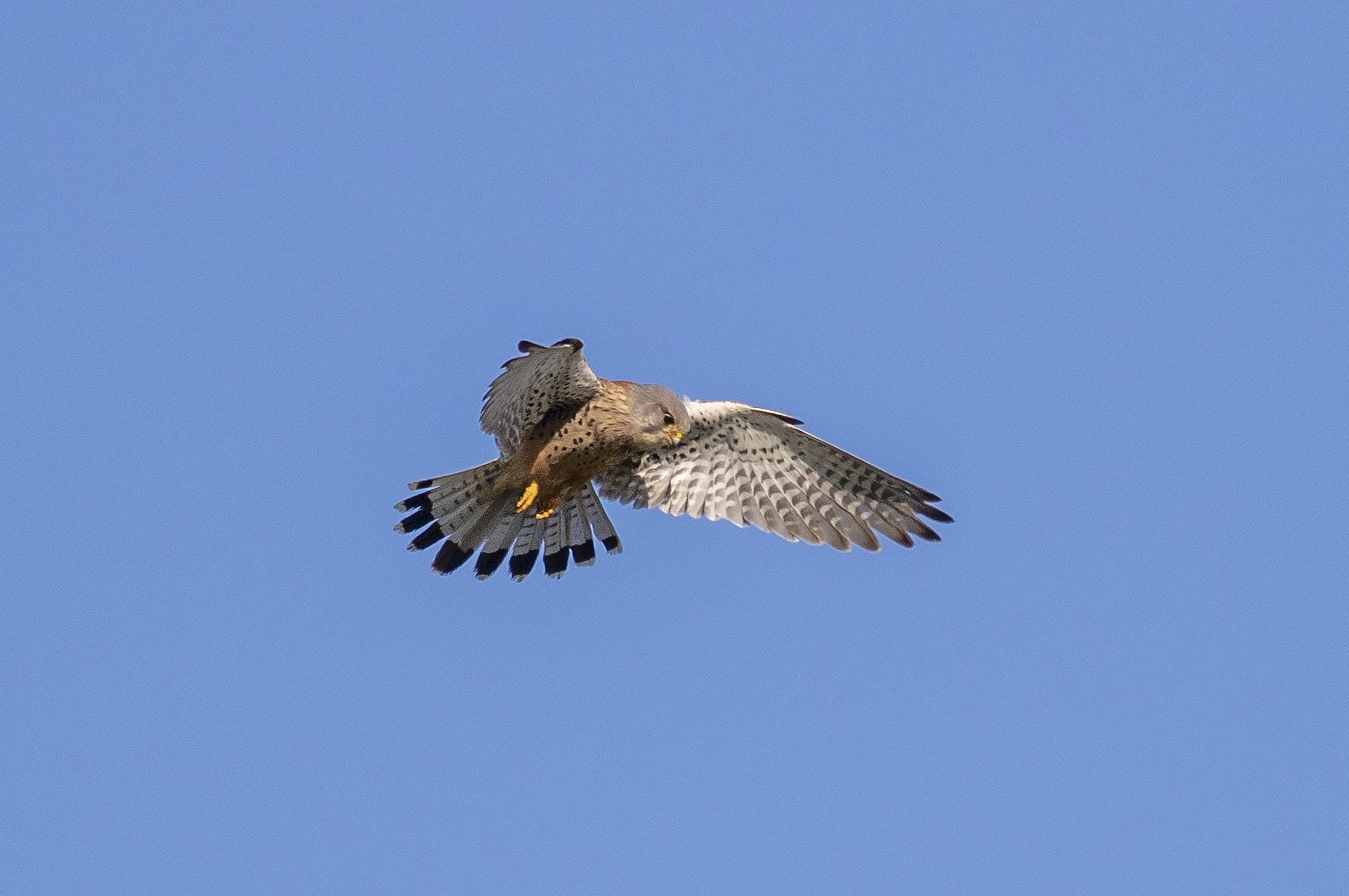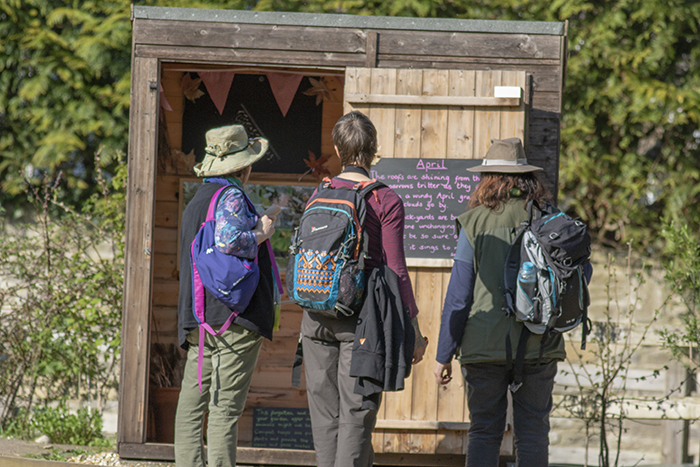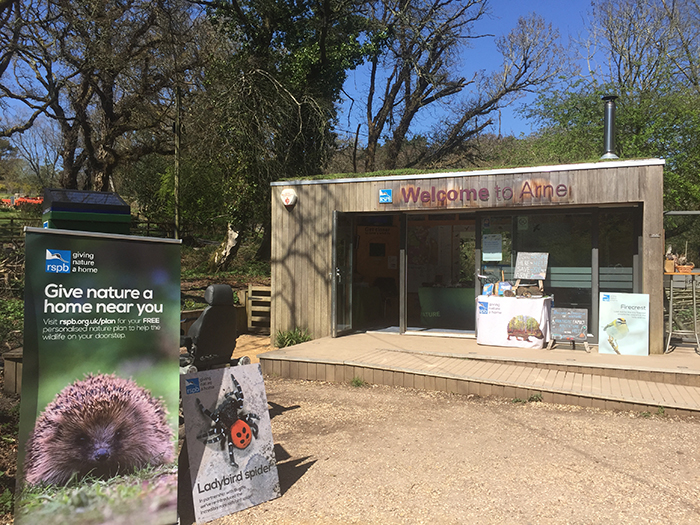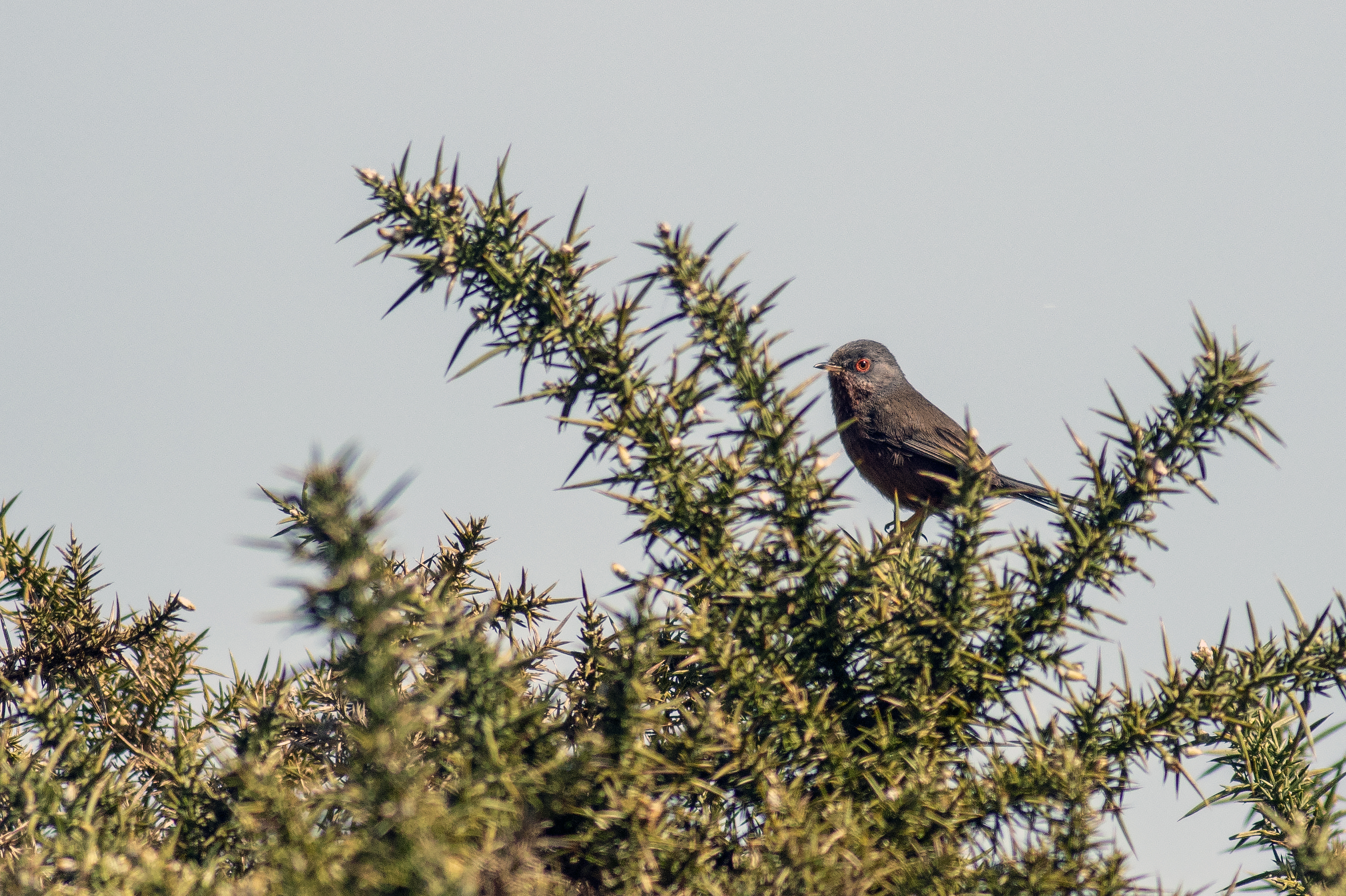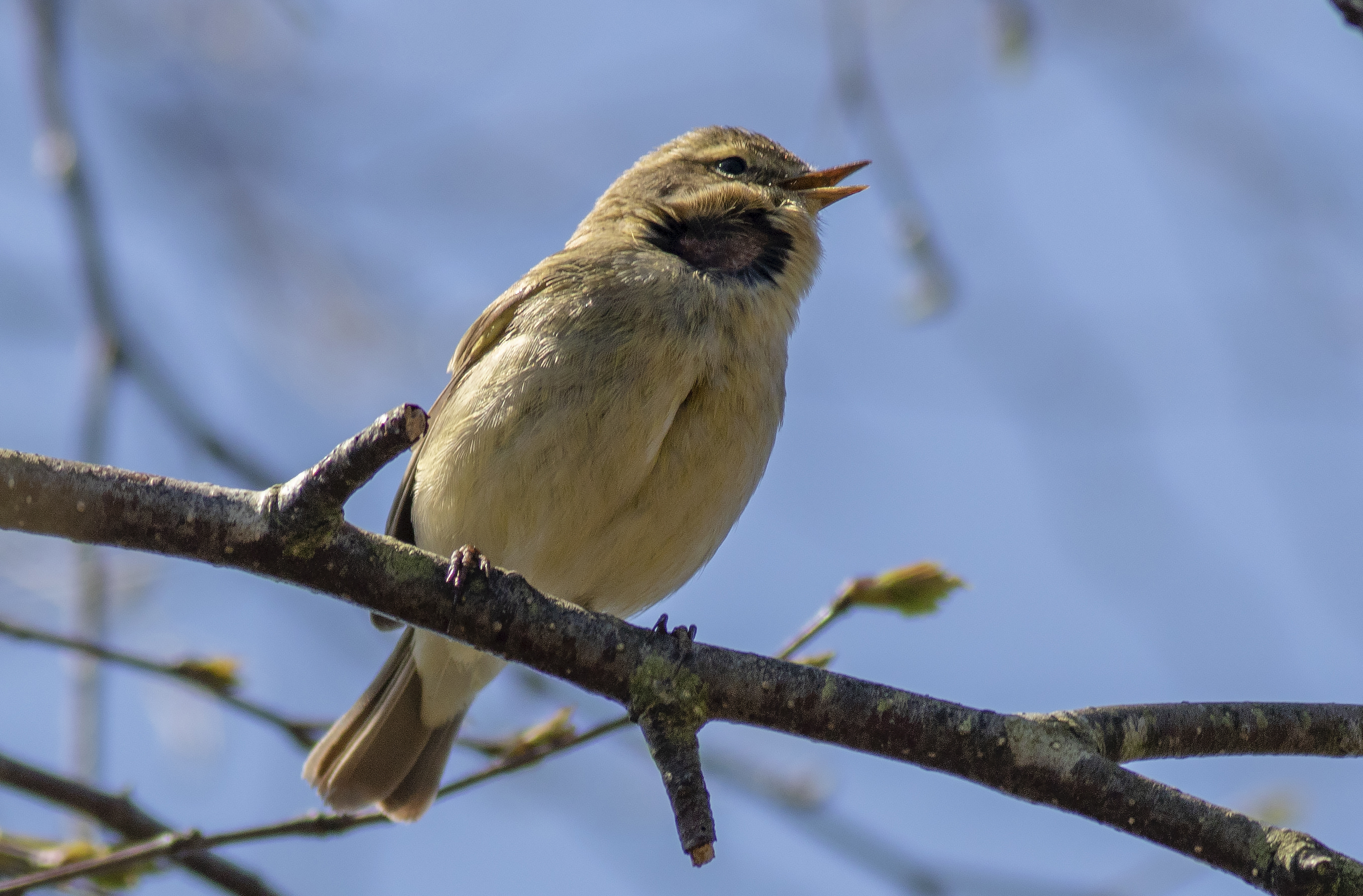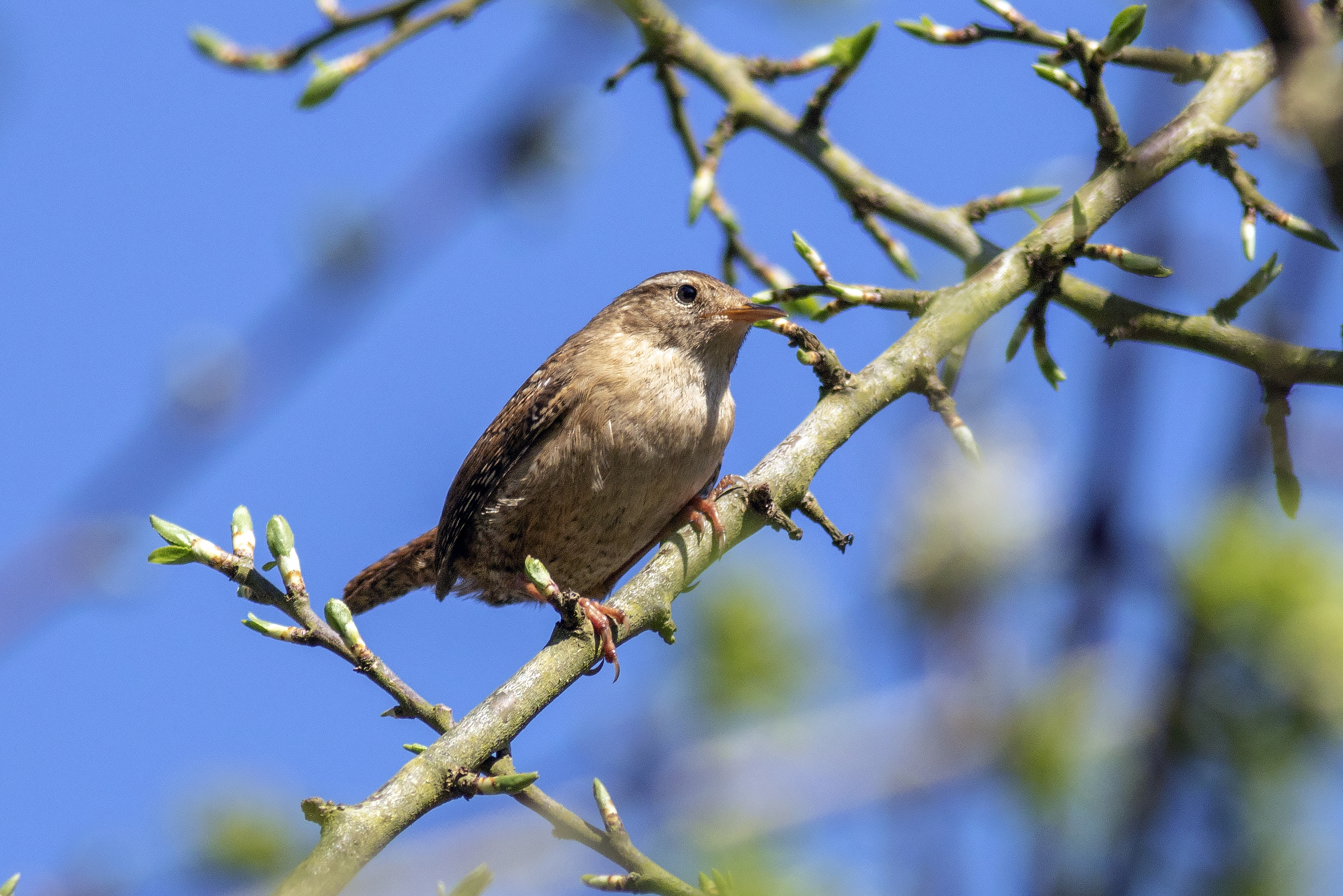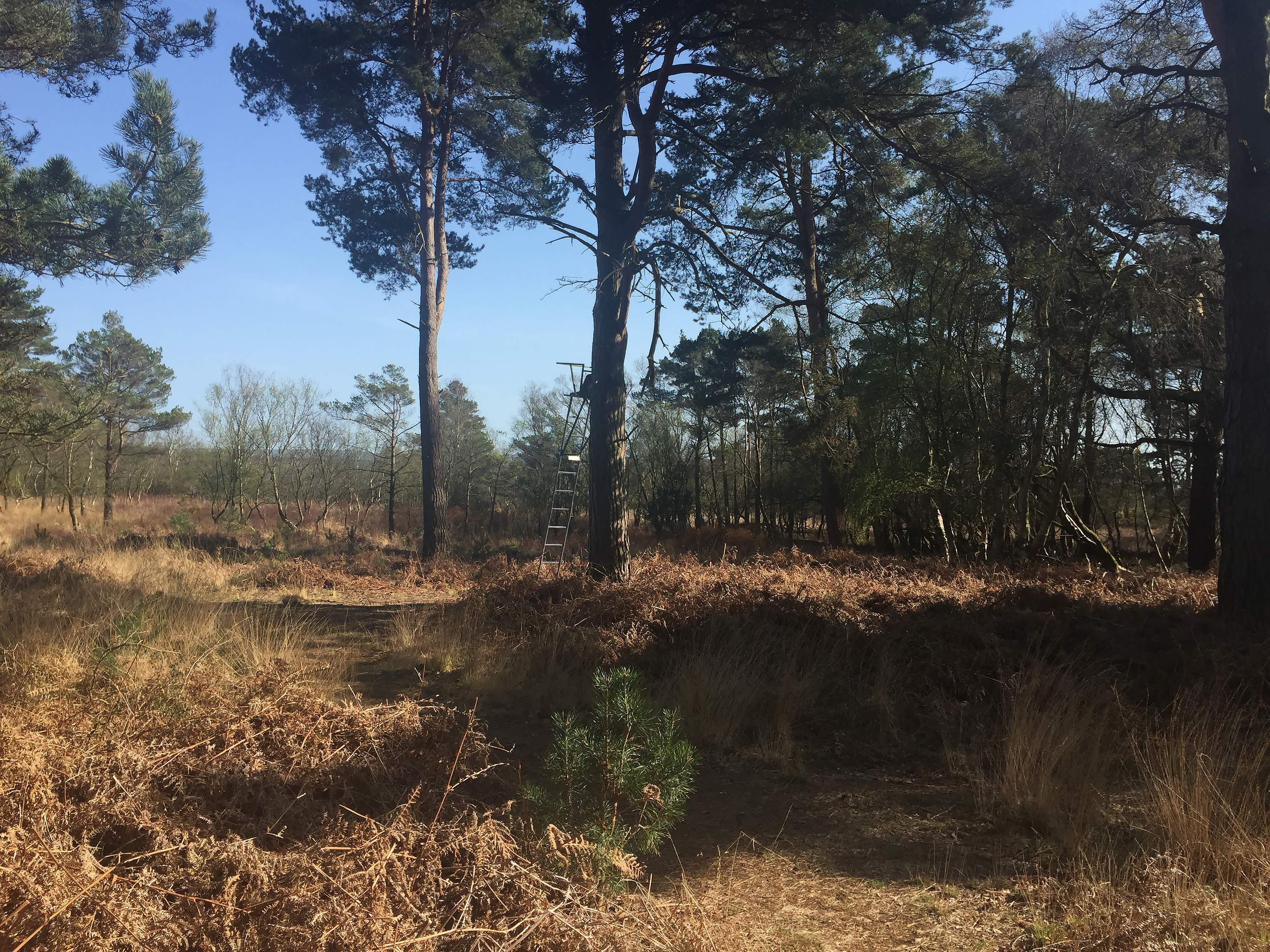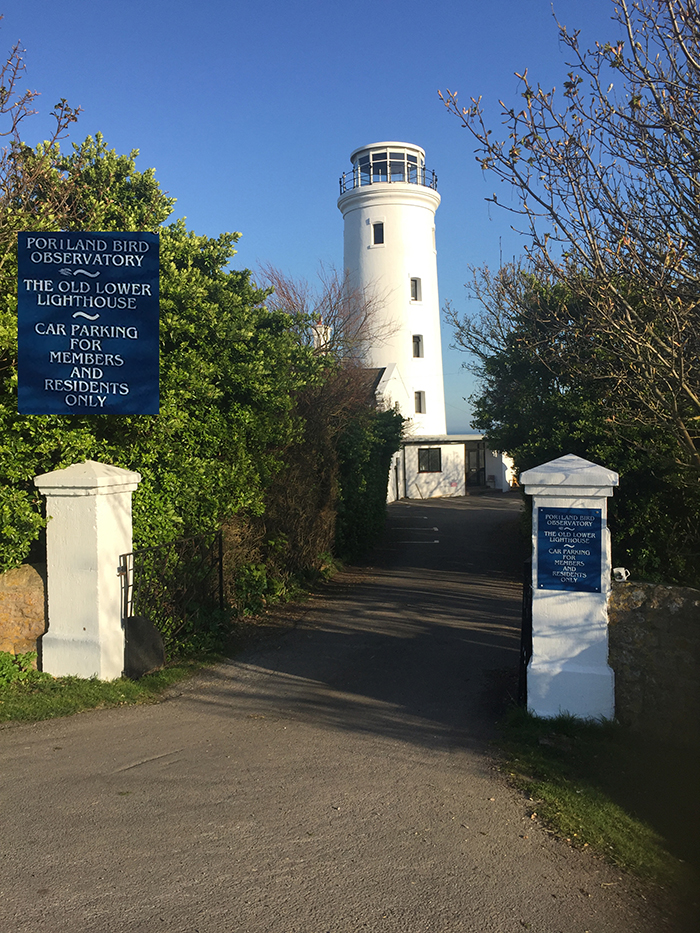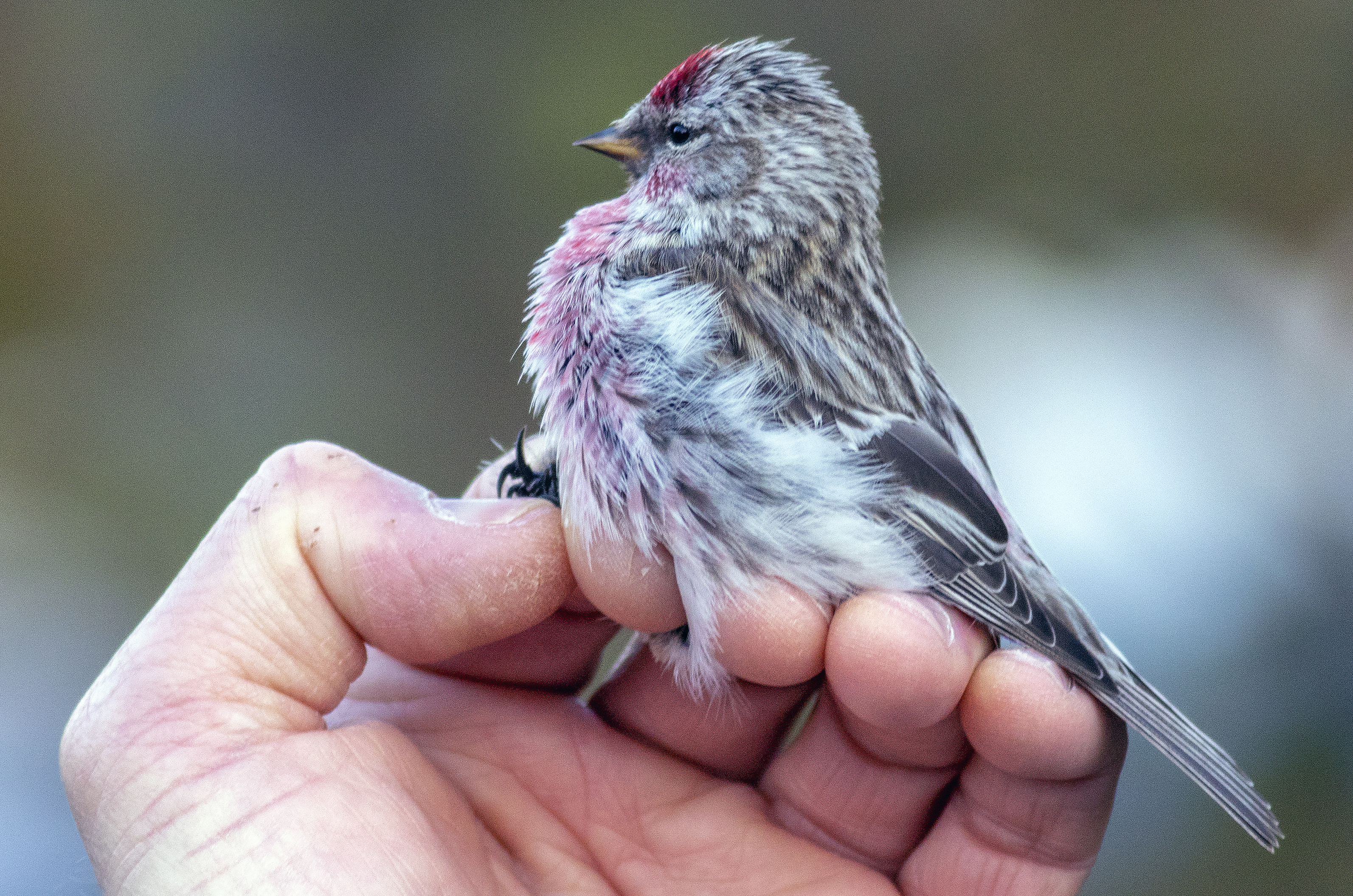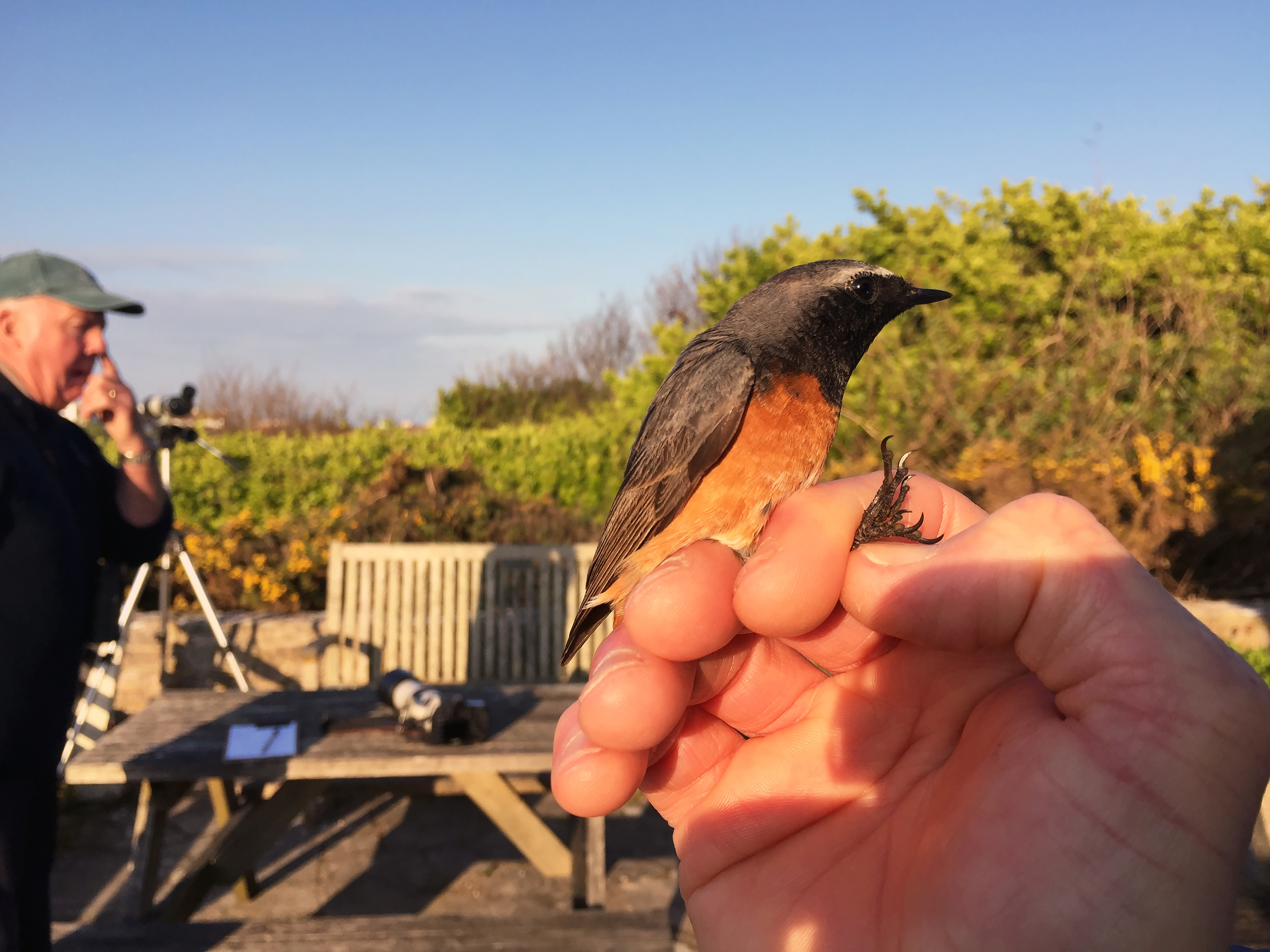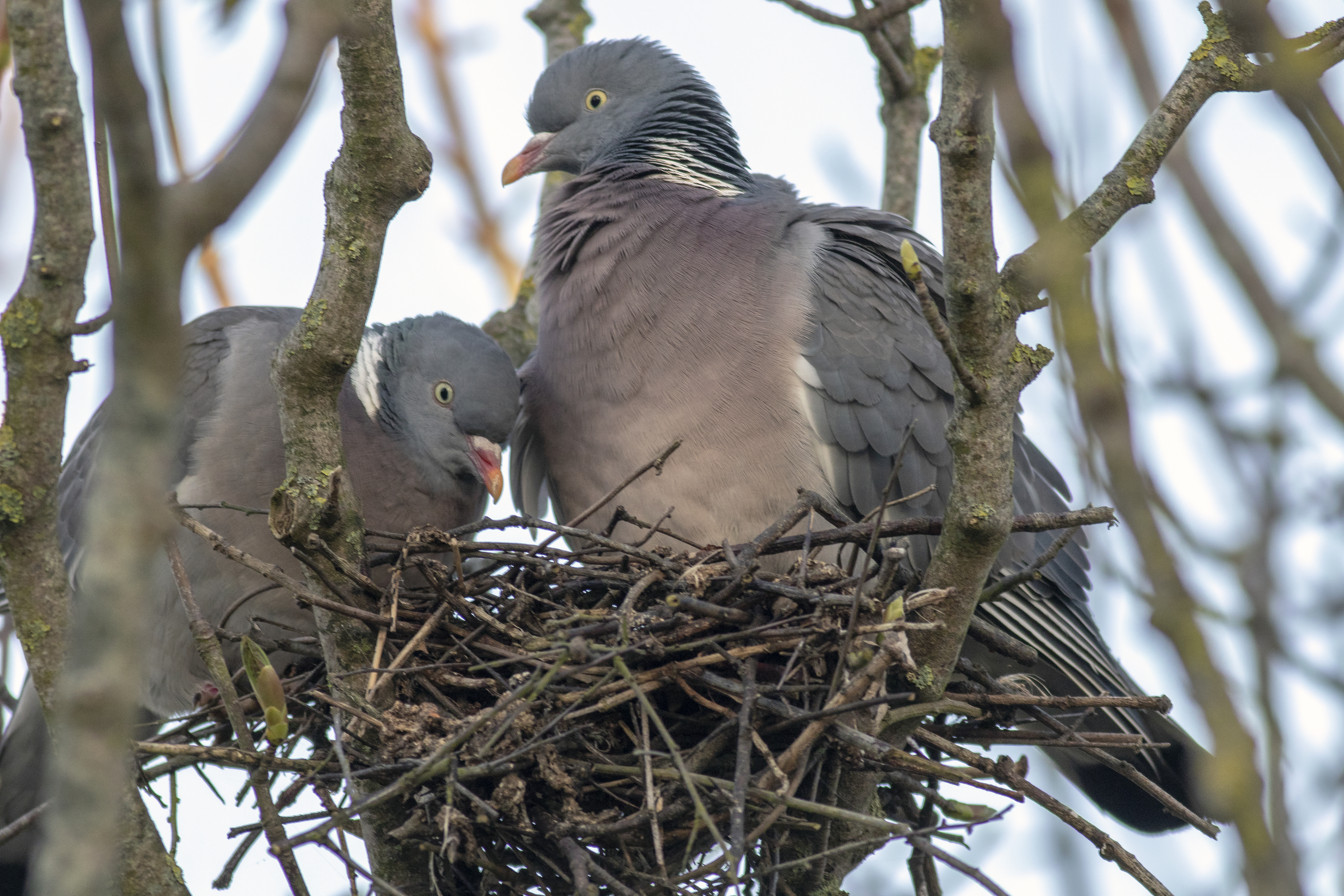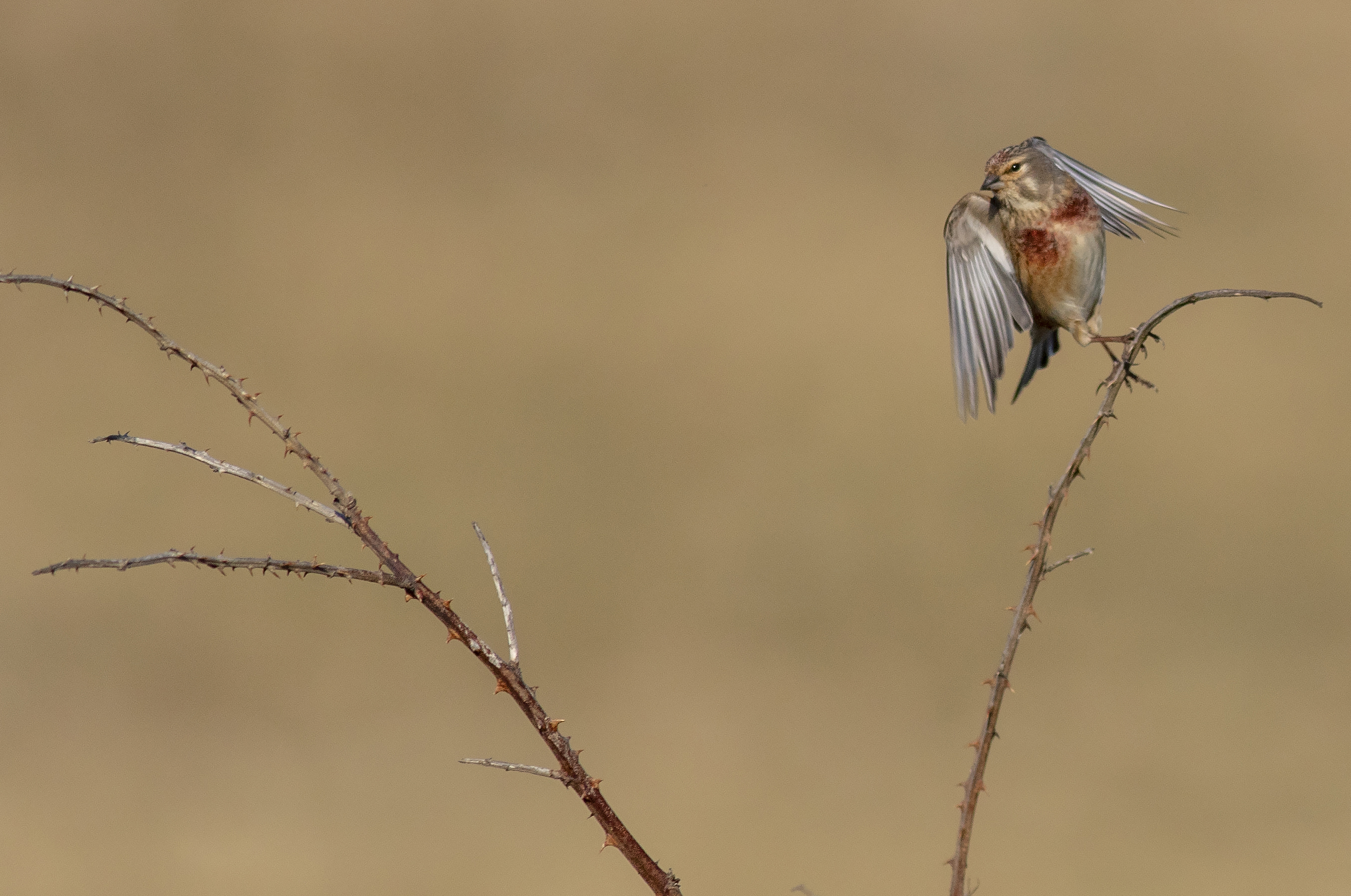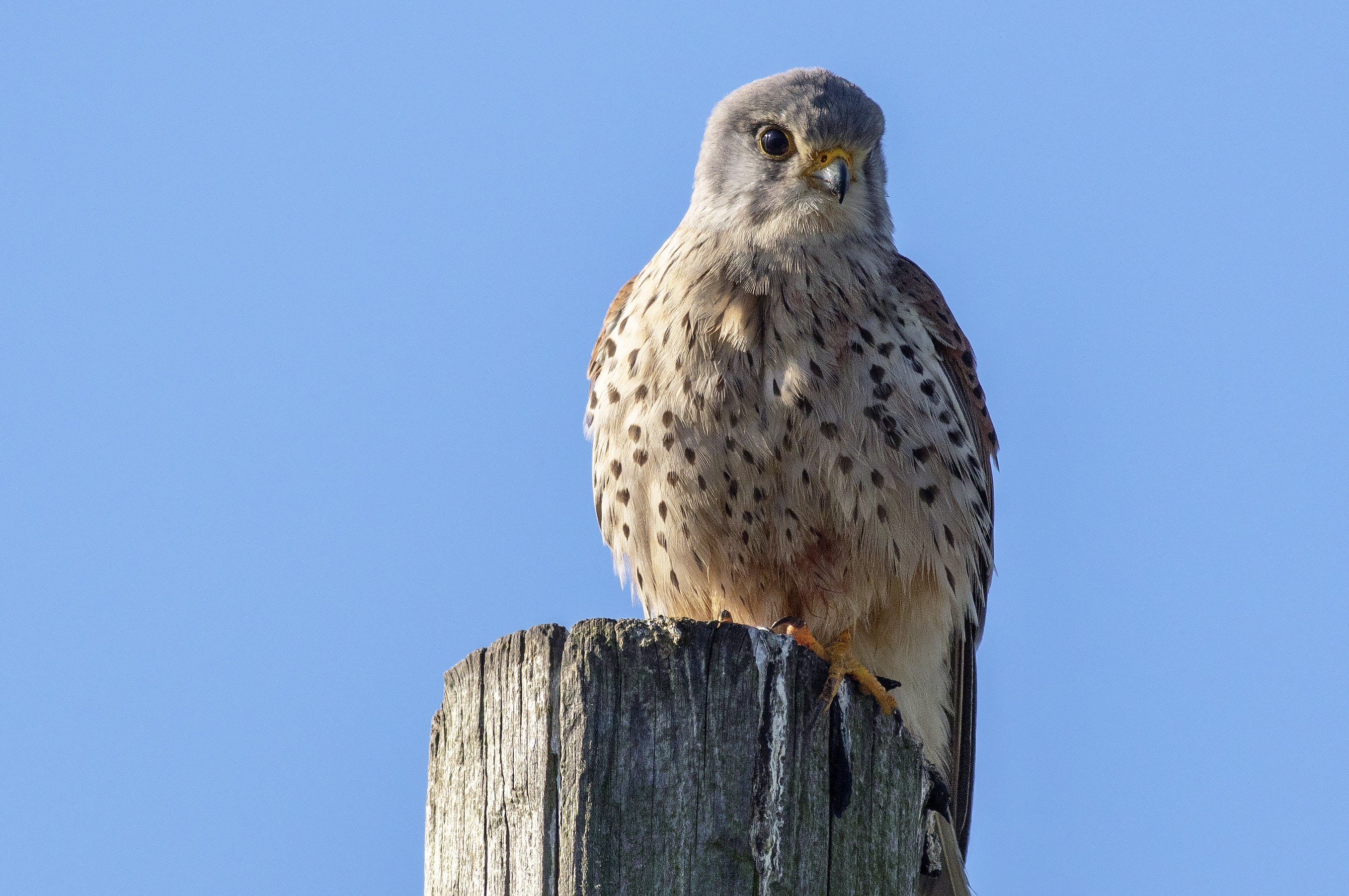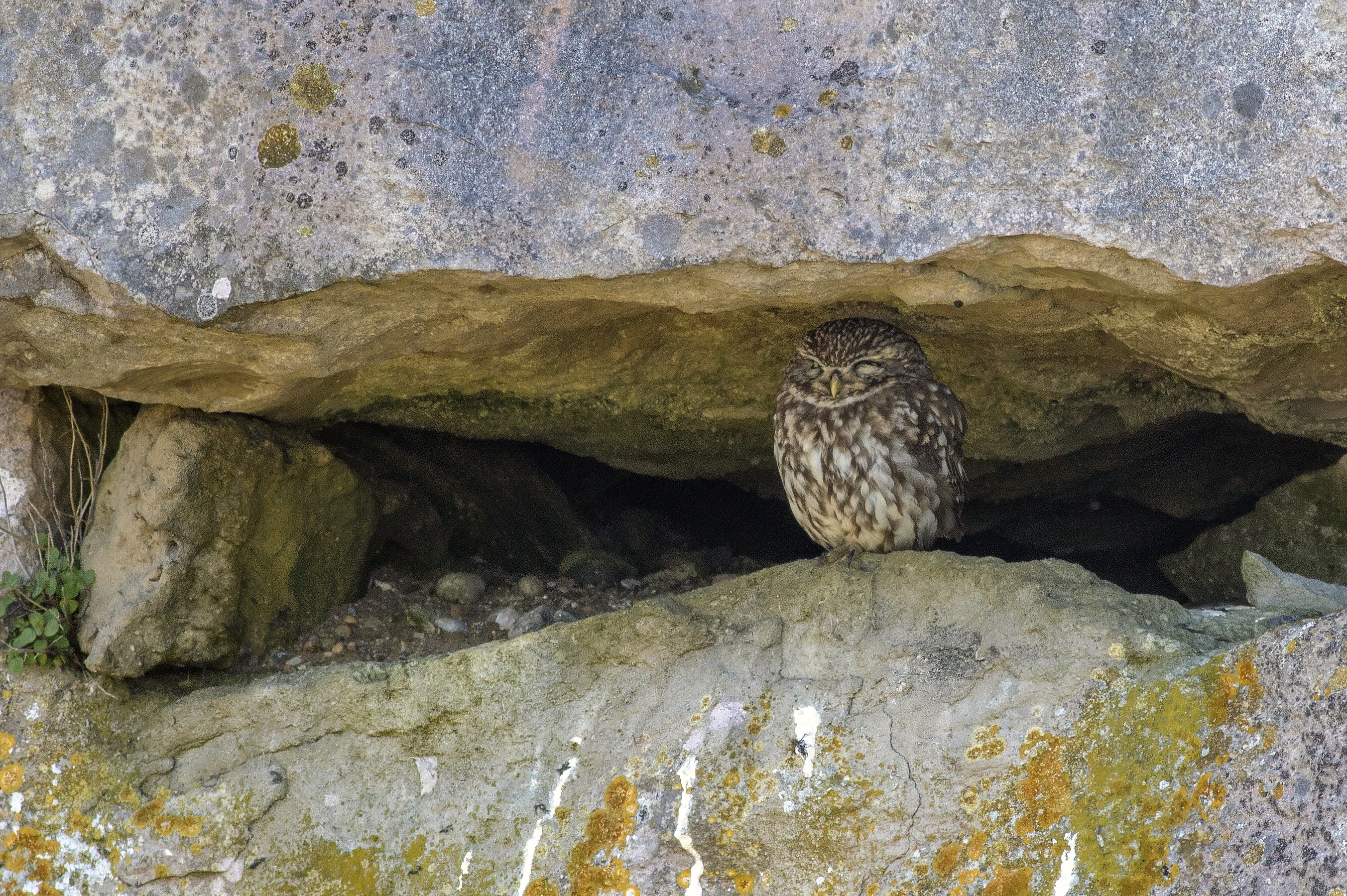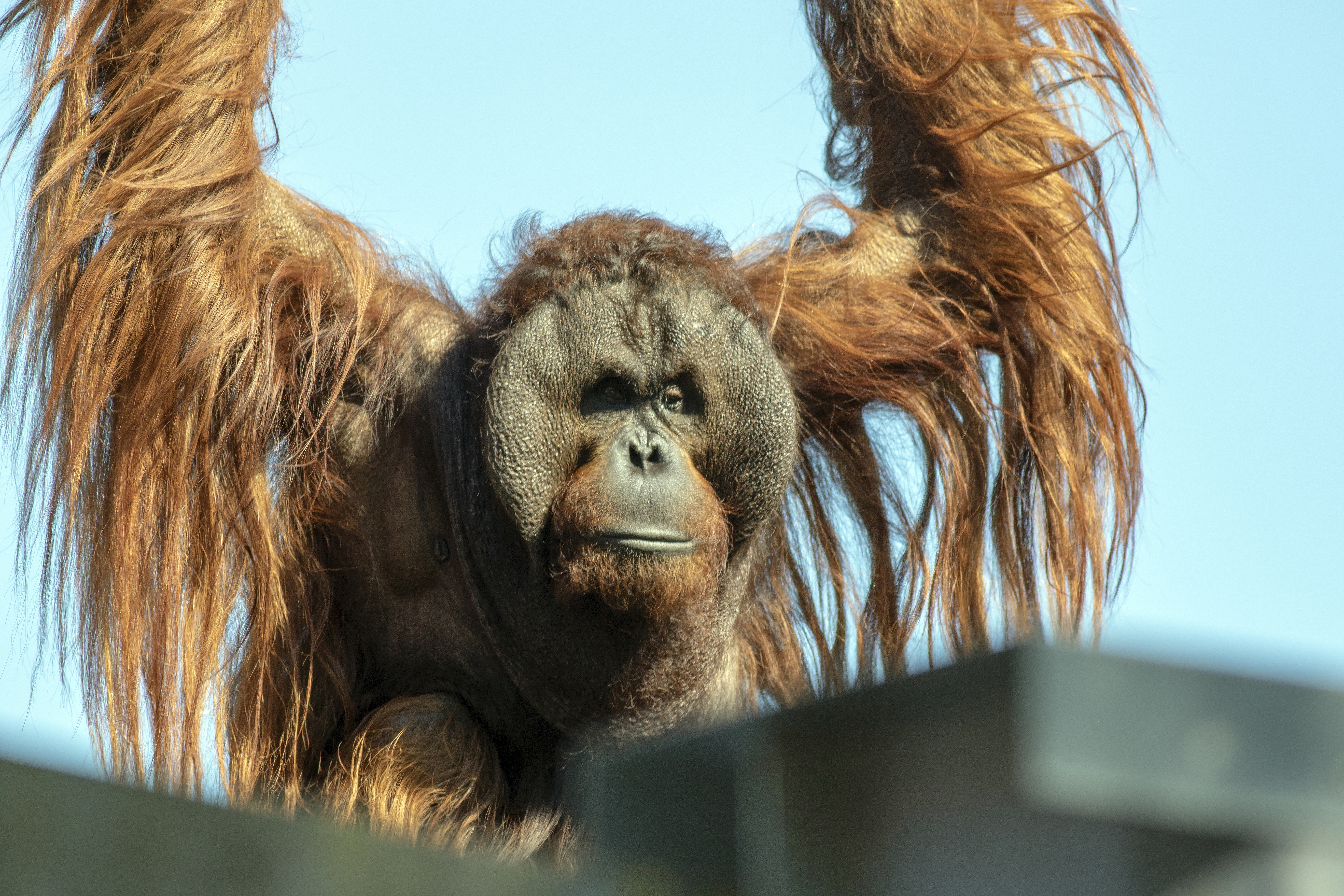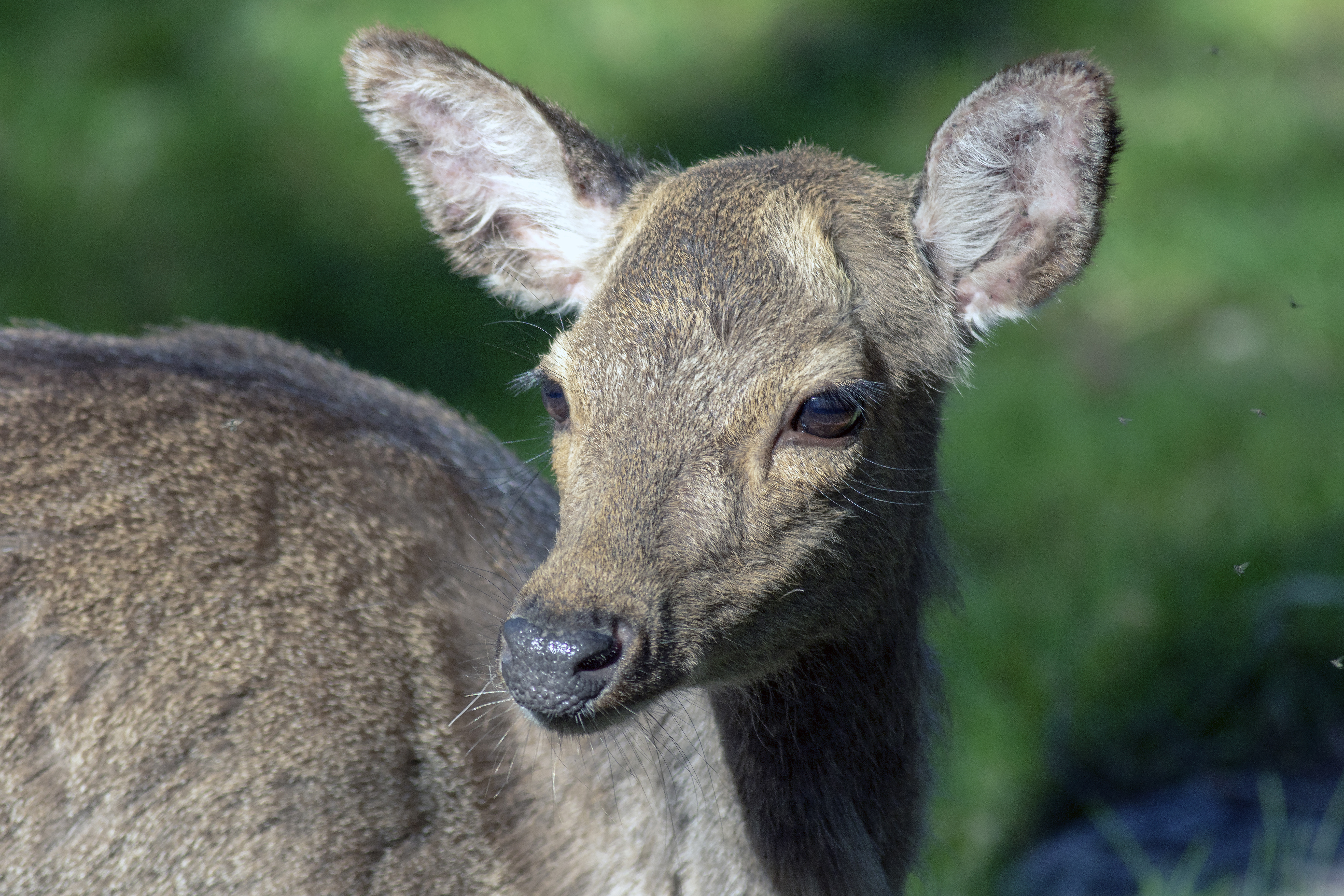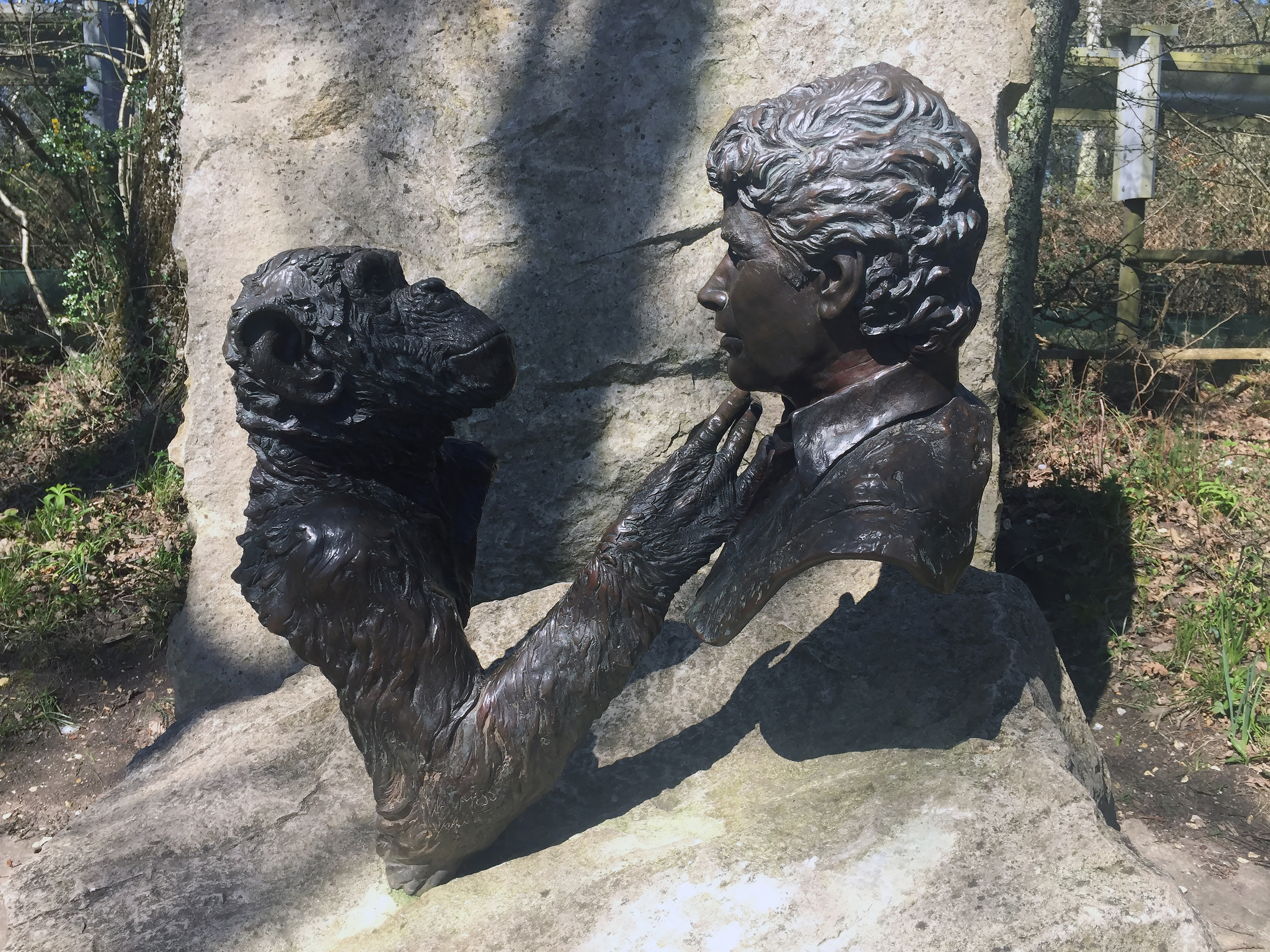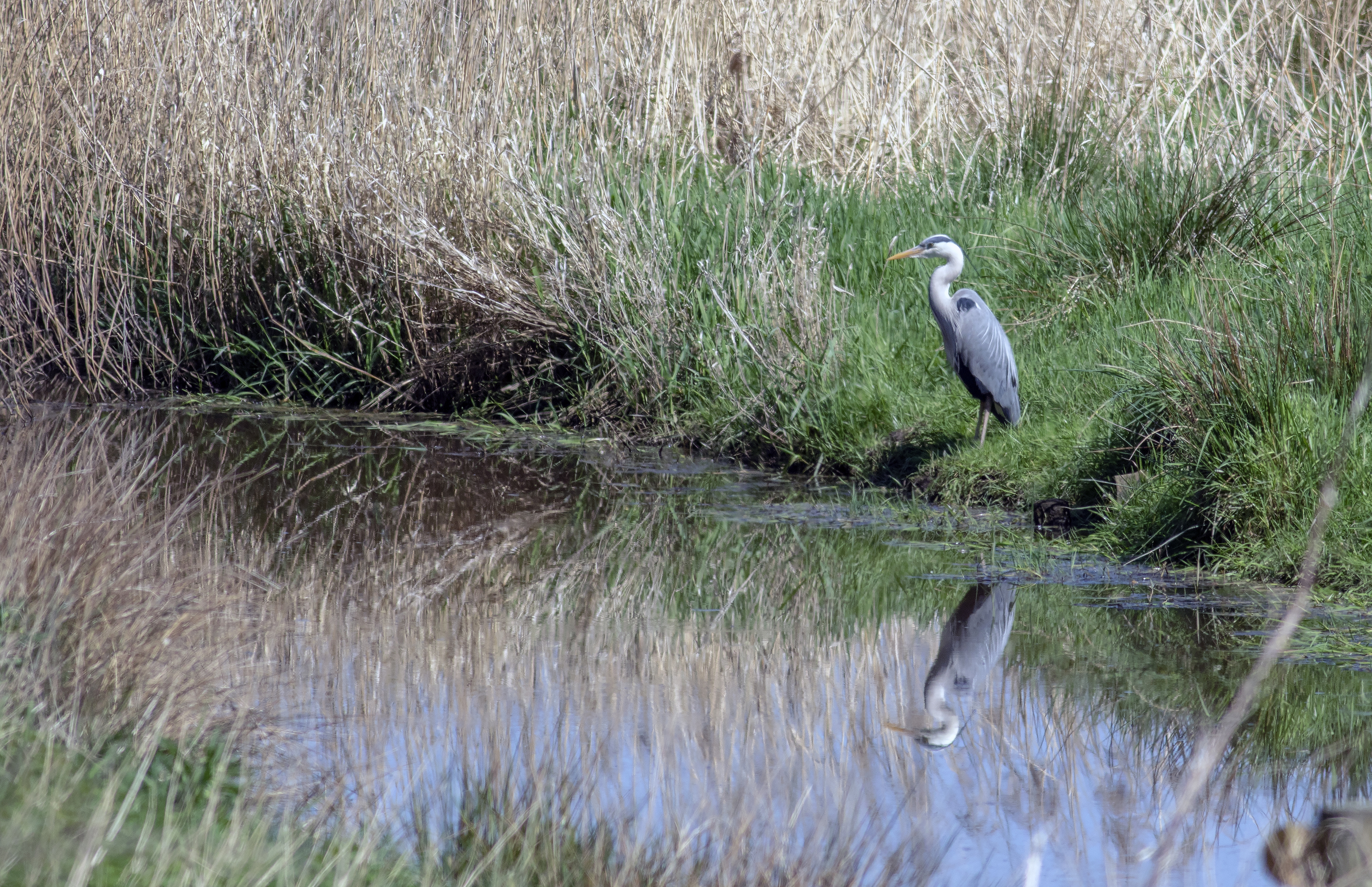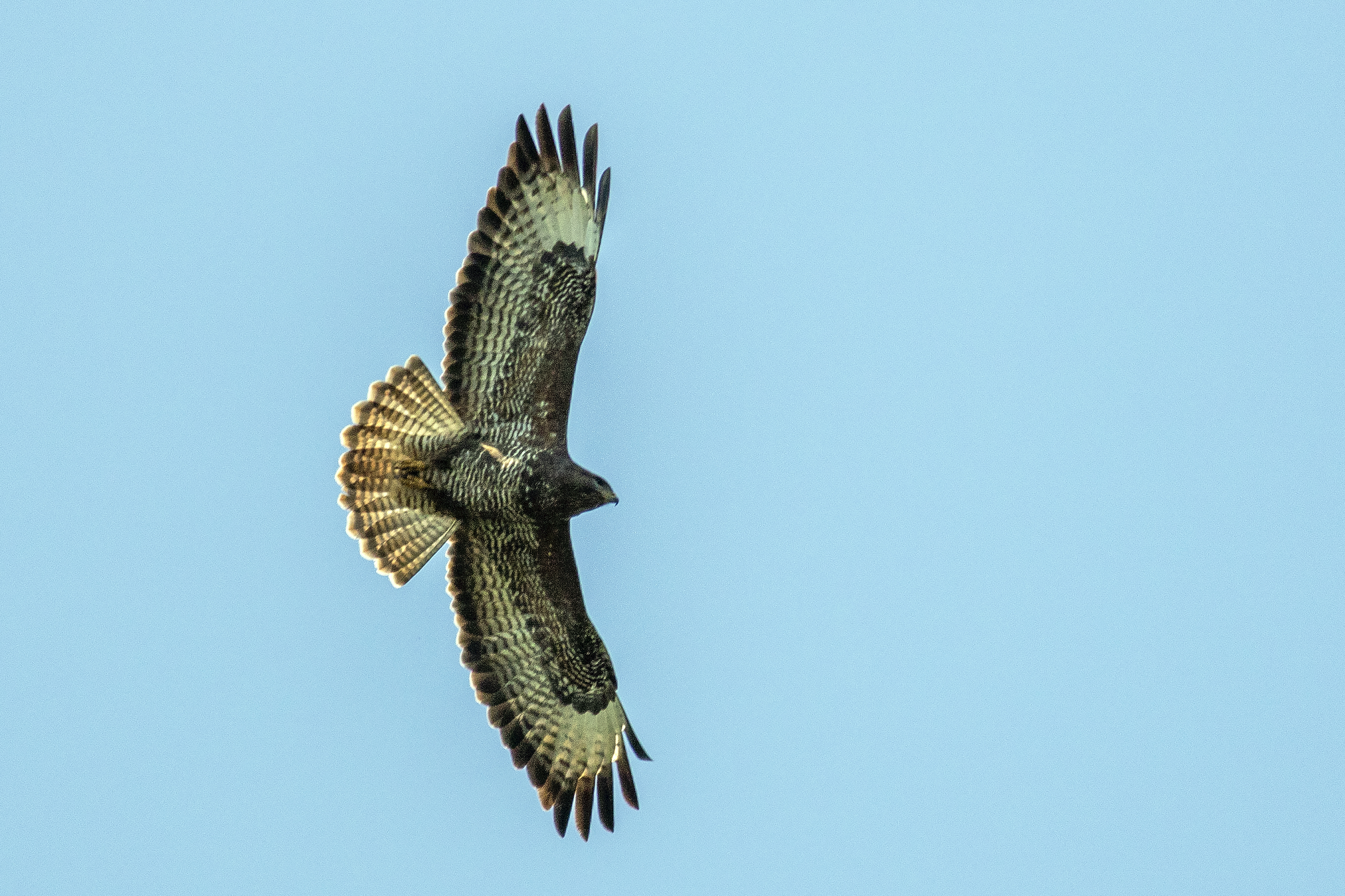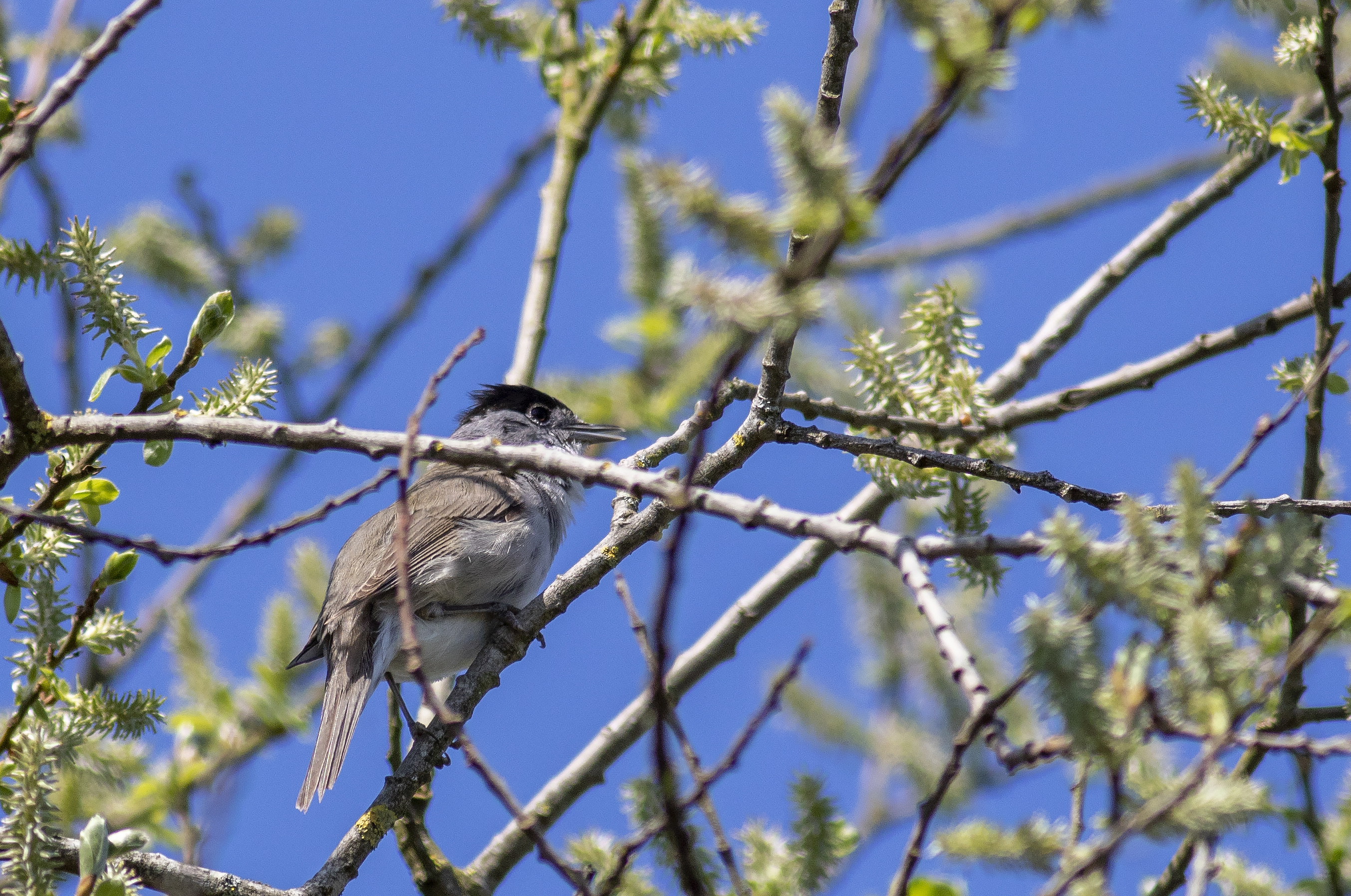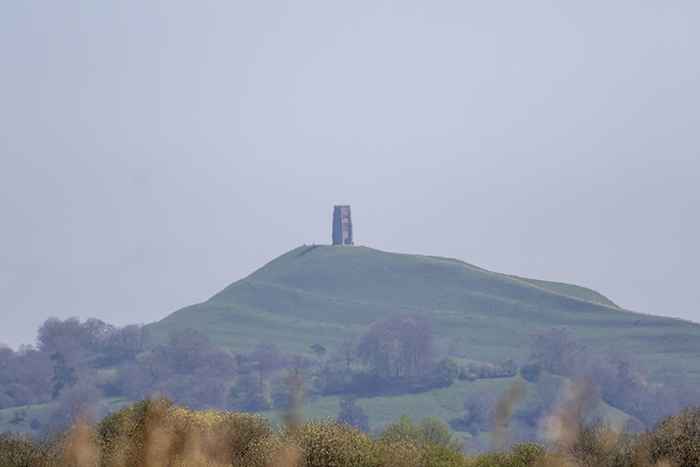Day 23: 9 September 2017 – Iguazú
Although technically day 23 of my solo trip, today is also day 1 of my joint trip with my sister Caroline.
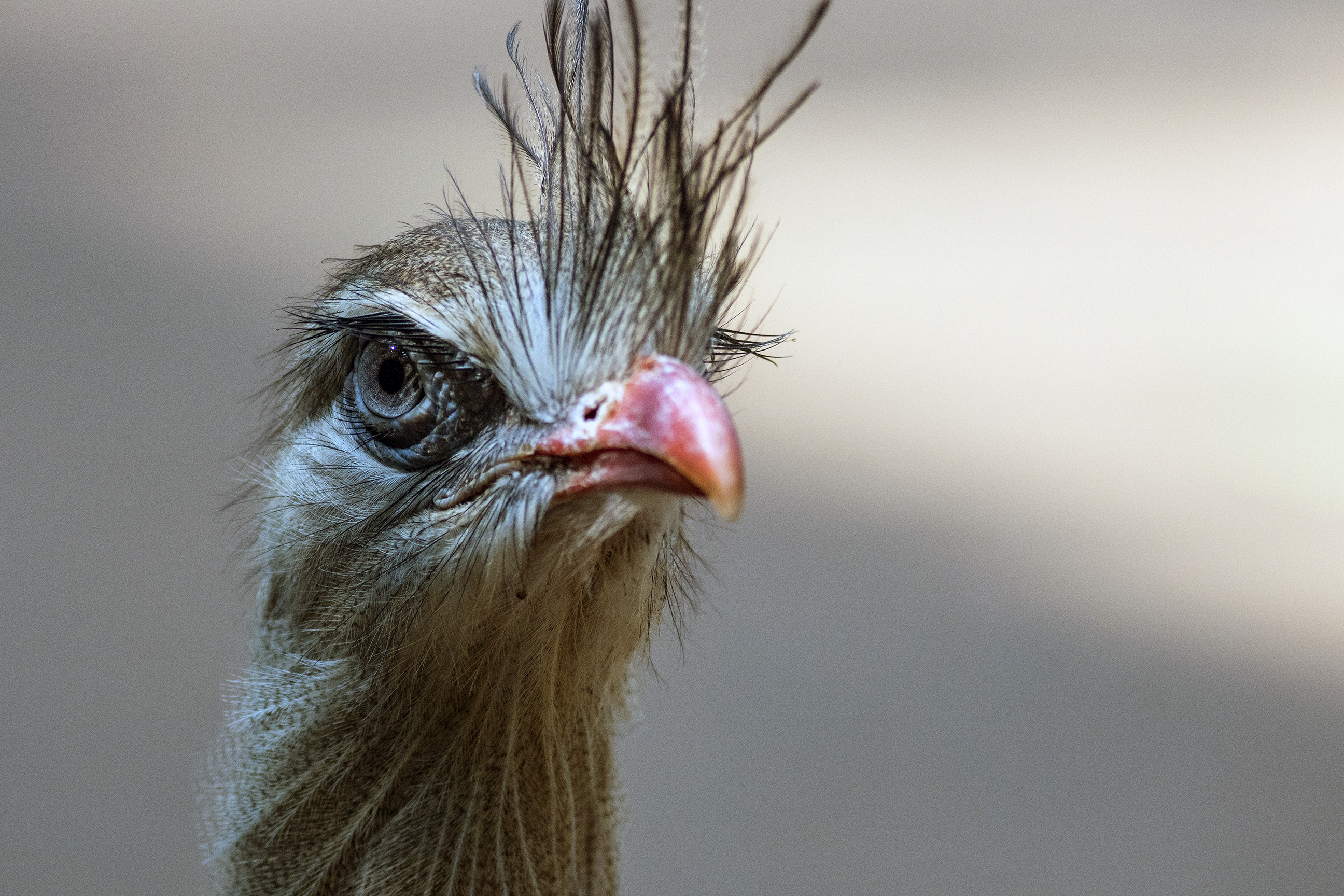
Red-legged Seriema at Parque das Aves, Brach;
This (below) is an attempt to reconstruct the second part of the NE Argentina and Paraguay trip for which my sister Caroline joined me. A retrospective joint effort, put together from notes and photos almost a year later; we were defeated at the time by the lack of Internet connections and to be honest a general heat-induced exhaustion in the evenings. It will be good to have some sort of record, however minimal. And minimal it will be!
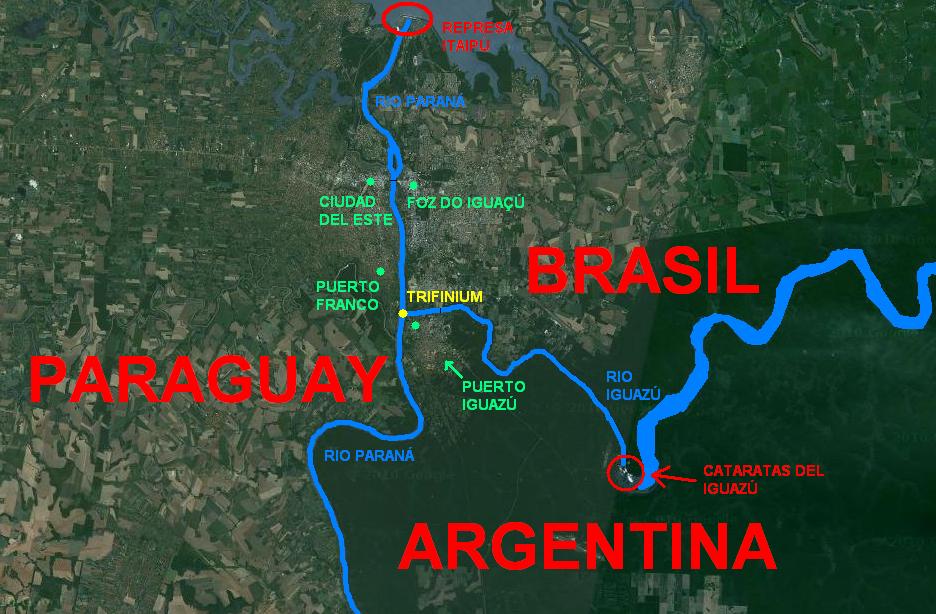
Iguazú is close to the triple frontier
So, continuing from day 20 …

Long queues are common when crossing international borders in South America
I had to meet Caroline on the Brazilian side, at Foz airport, so I got up very early as I was unsure of the border queue. And a good job that I did, as it took me about three hours to cross over to Brazil. Got to Foz airport just in time; Caroline’s plane was also on time so it all worked out fine.
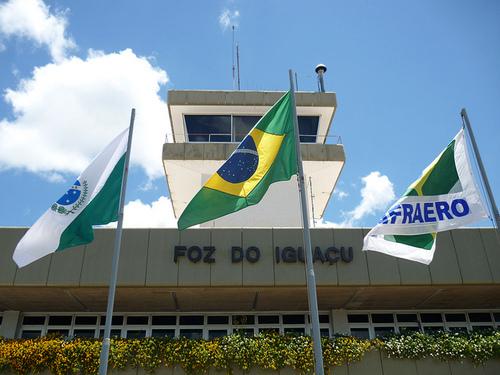
The airport on the Brazilian side, at Foz do Iguaçu
As we were in Brazil we went first to the Iguacú falls (there is good access to the falls on both sides of the border), hoping to see the falls from the Brazilian side, but there were so many people everywhere that we decided to leave it for later. Driving back we drove past the Parque das Aves– I had been there many years ago and we decided to give it a go.
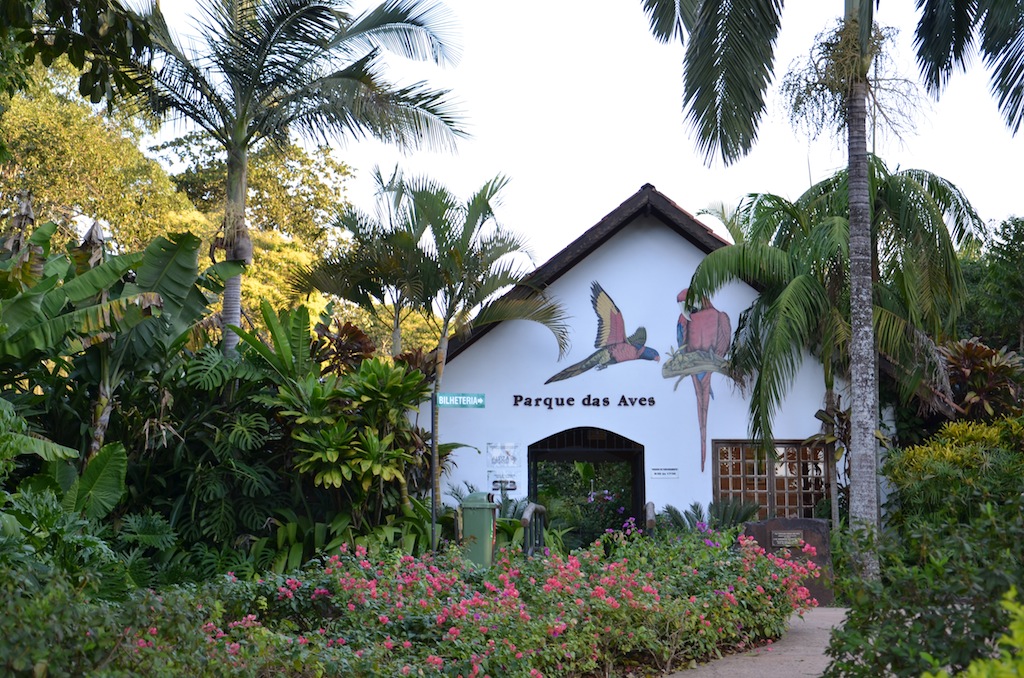
Entrance to parque das Aves, Foz do Iguaçu
It had changed a great deal (for the better), and leaving aside the question of birds in captivity it was great to wander through the various canopied areas and see so many birds I am so unlikely to see elsewhere. Or maybe not.
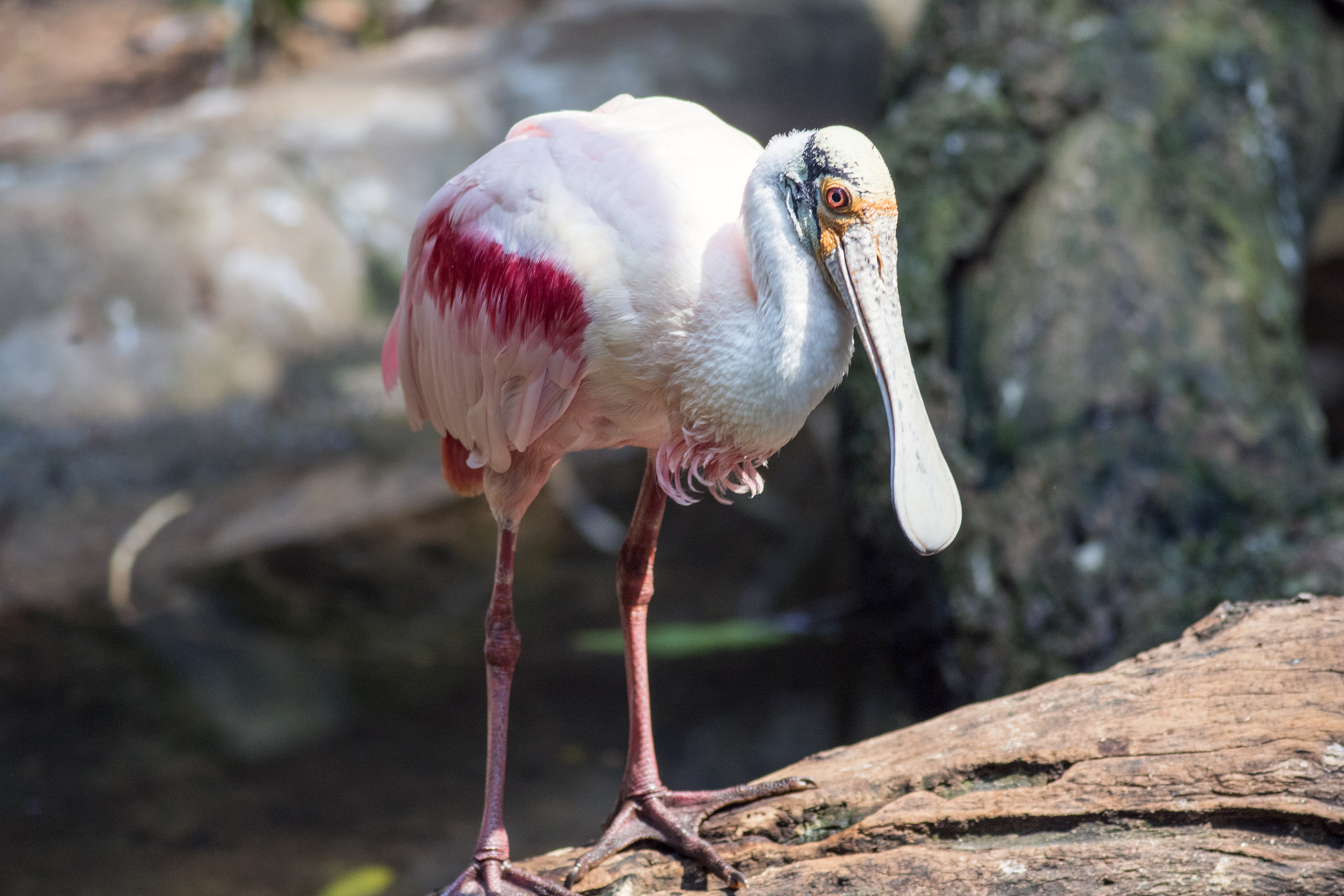
Spoonbill in one of the Park’s large walk through galleries.
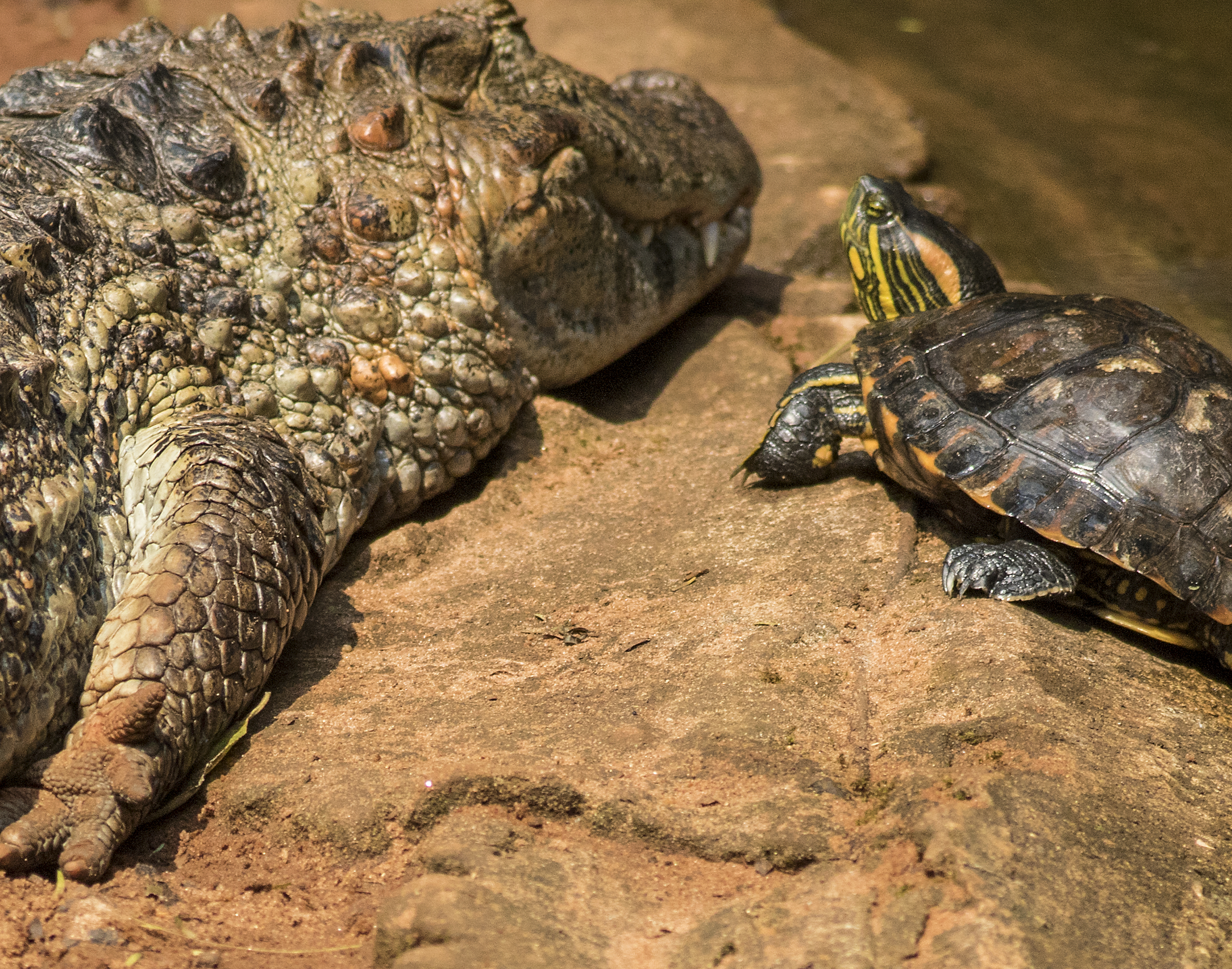
The Park has a reptile population too
From Caroline’s notes:“…an extensive collection of native (and a few non-native) species, of note were the Scarlett Ibis – so unbelievably red, the Hyacynth Parakeets, the King Vultures which sat side by side and shook and looked in true Disney style, as though they were waiting to make some aside about the audience and lastly the Cassowary that looked like it had just walked off the set of ‘Dinosaurs’.”
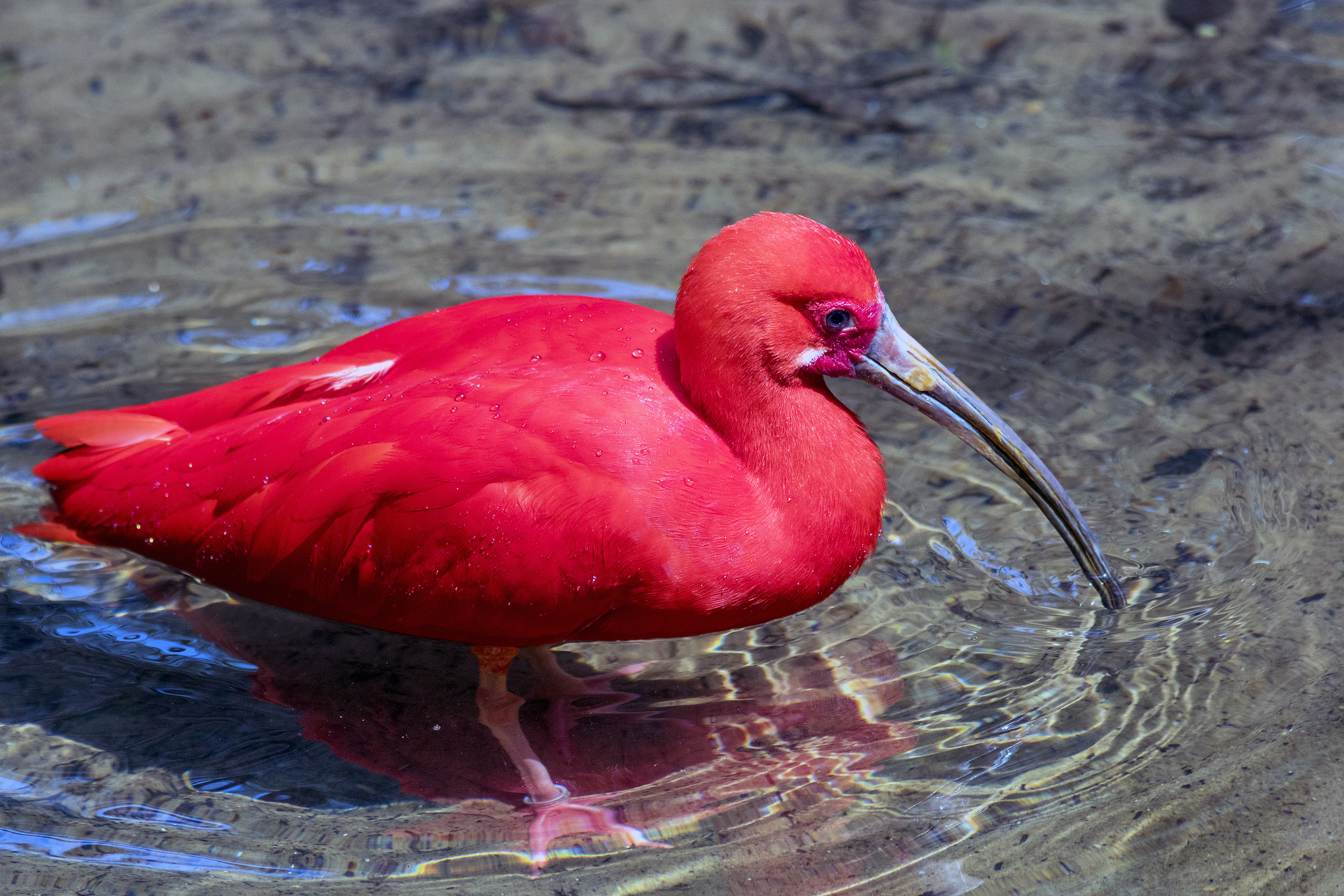
Colourful scarlet ibis – a rather unlikely deep red.
Took a ton of photos there and then we made our way to the bus station to get tickets to Asuncion – we would be travelling from Brazil to Paraguay rather than Argentina. That done, back to Puerto Iguazu (in Argentina) and another 3 hour wait in the immigration queue to get there.
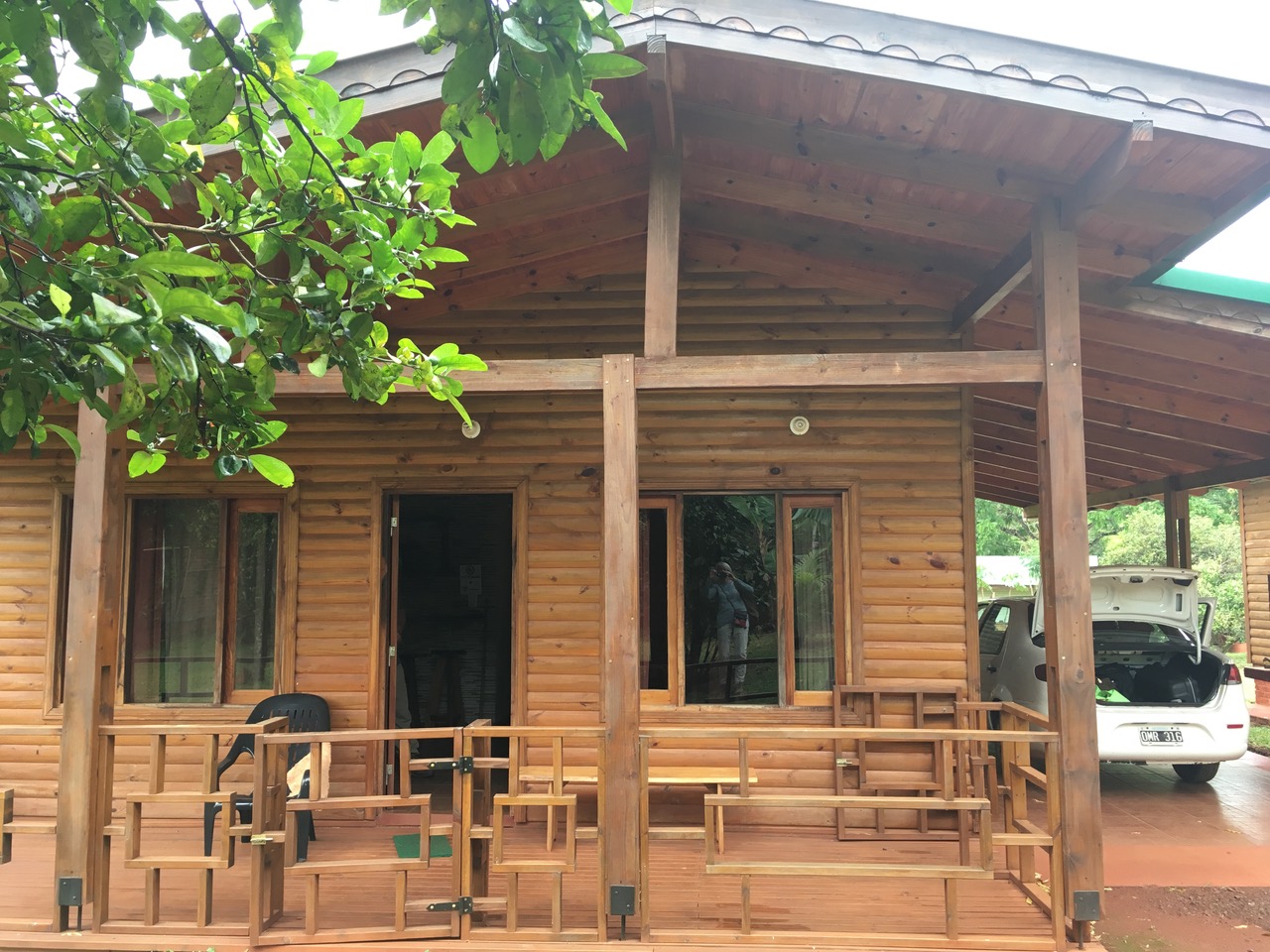
Our home back in Puerto Iguazú
Picked up towels, laundry and beer and went to cabin for a quick shower, and then out again to Color for a fine fish supper. Caroline decided: “… I do not like Catfish – has the taste and texture of sloppy mud”.
Over a bottle or two of this and that we planned the next few days.
